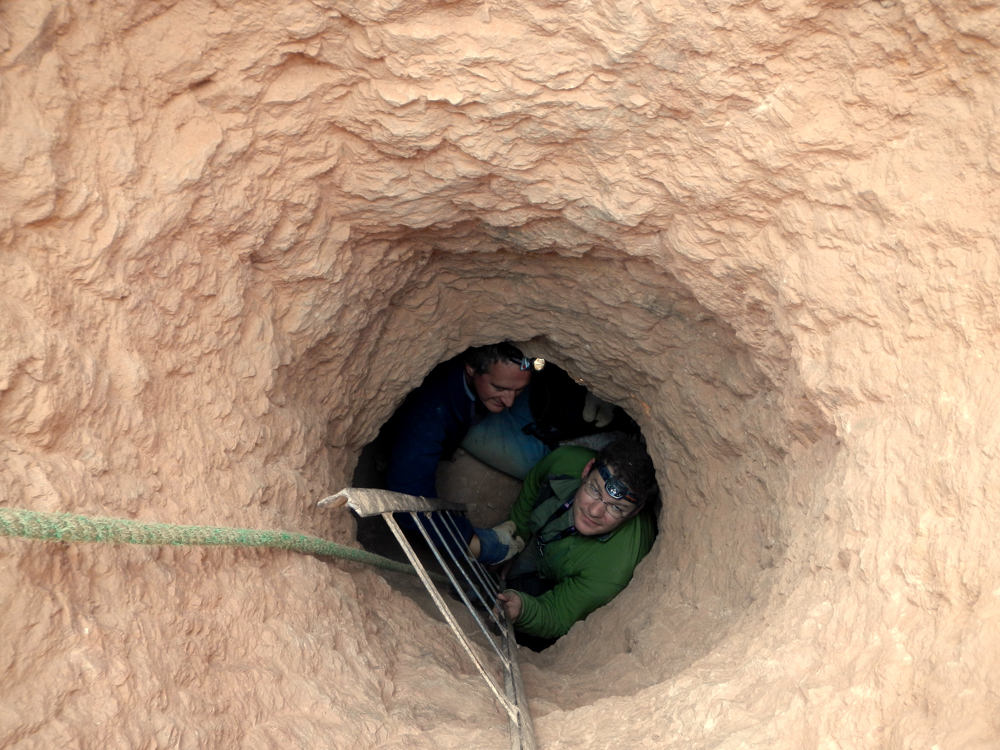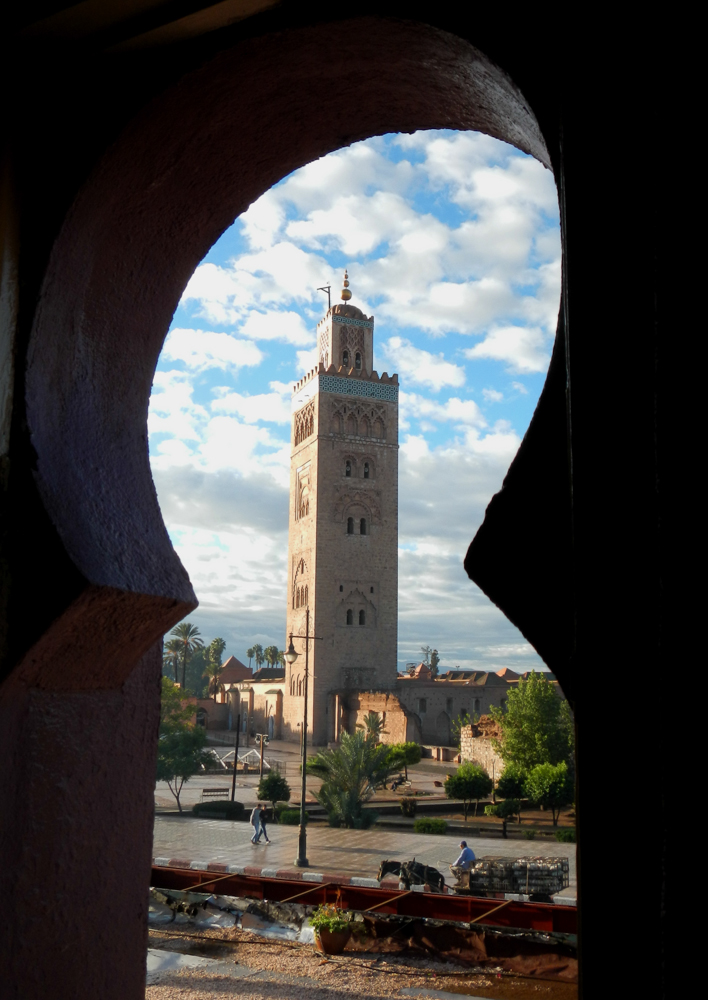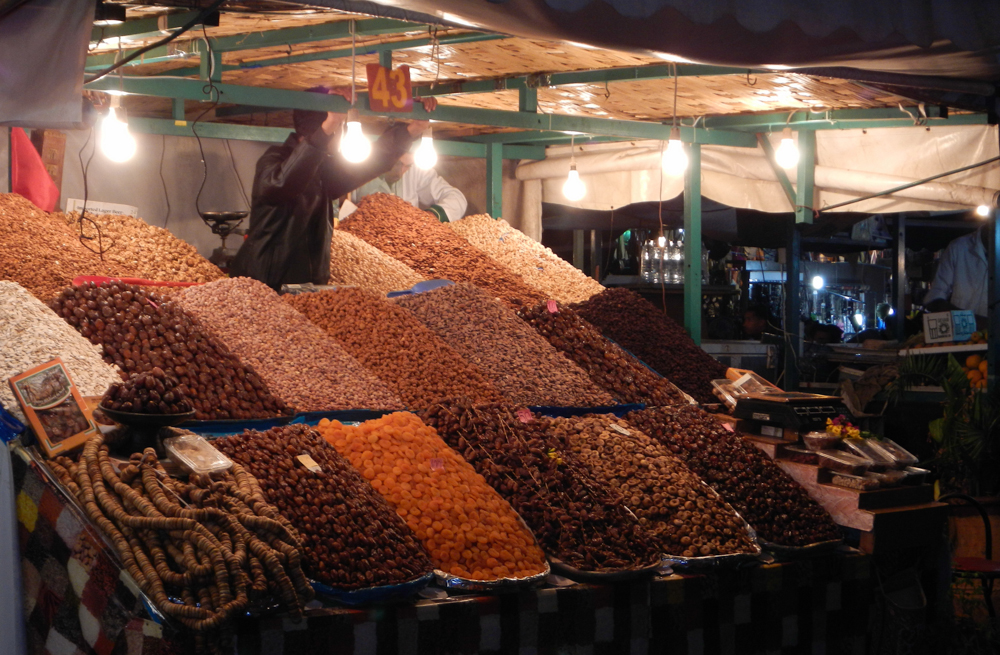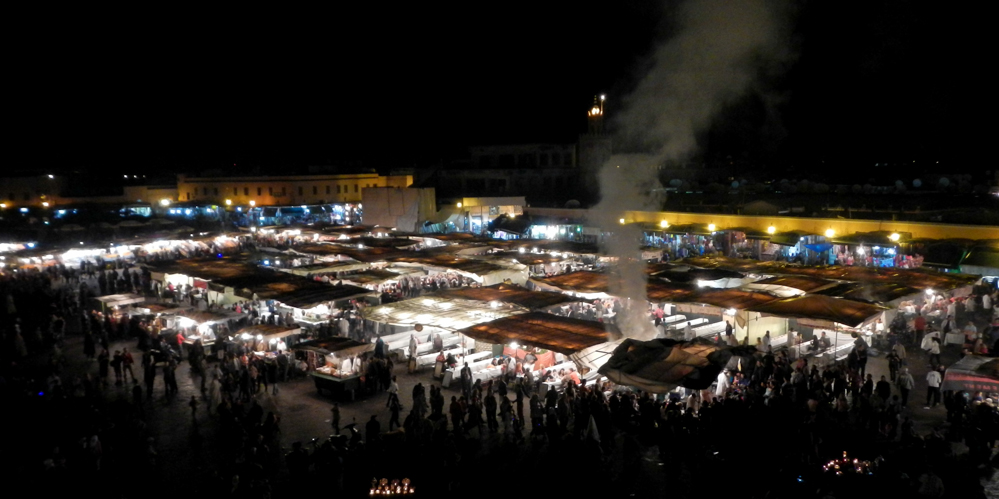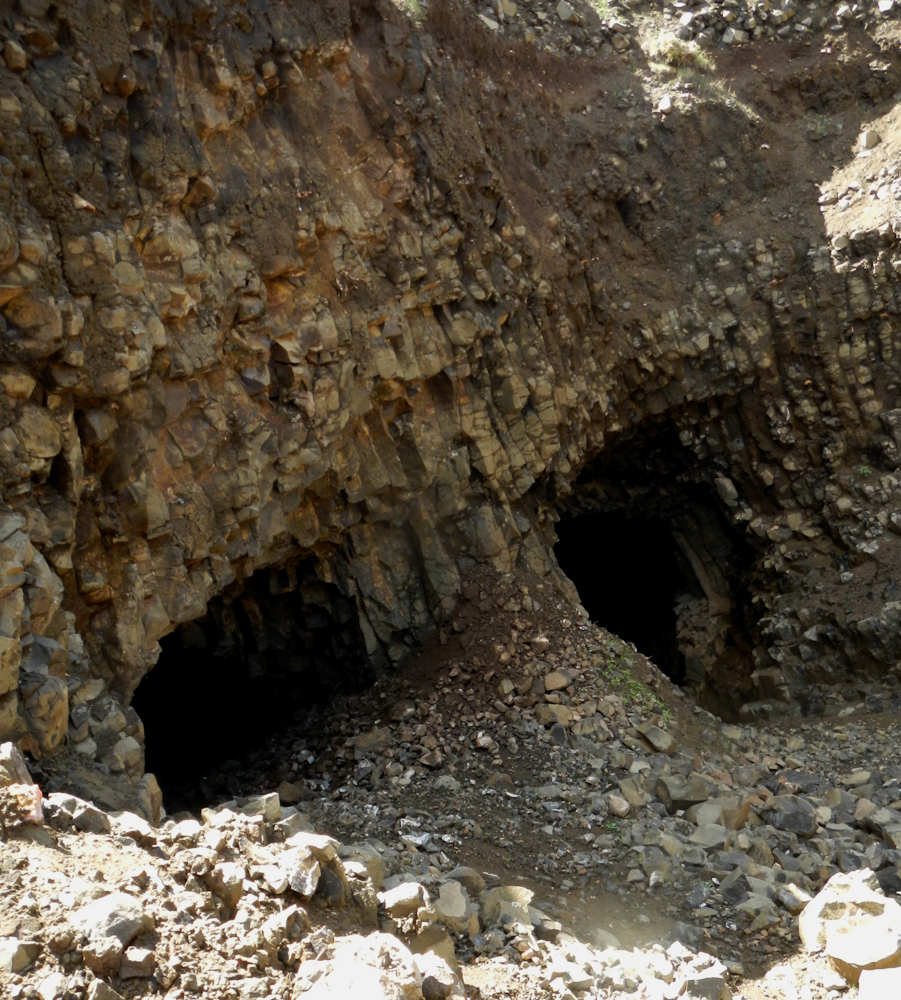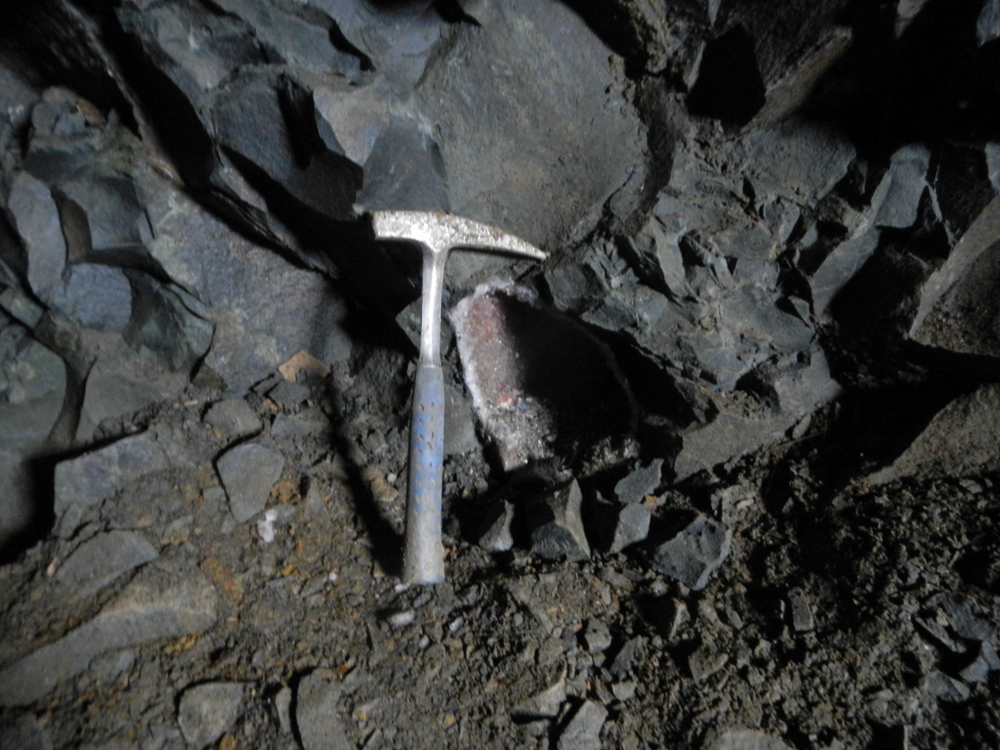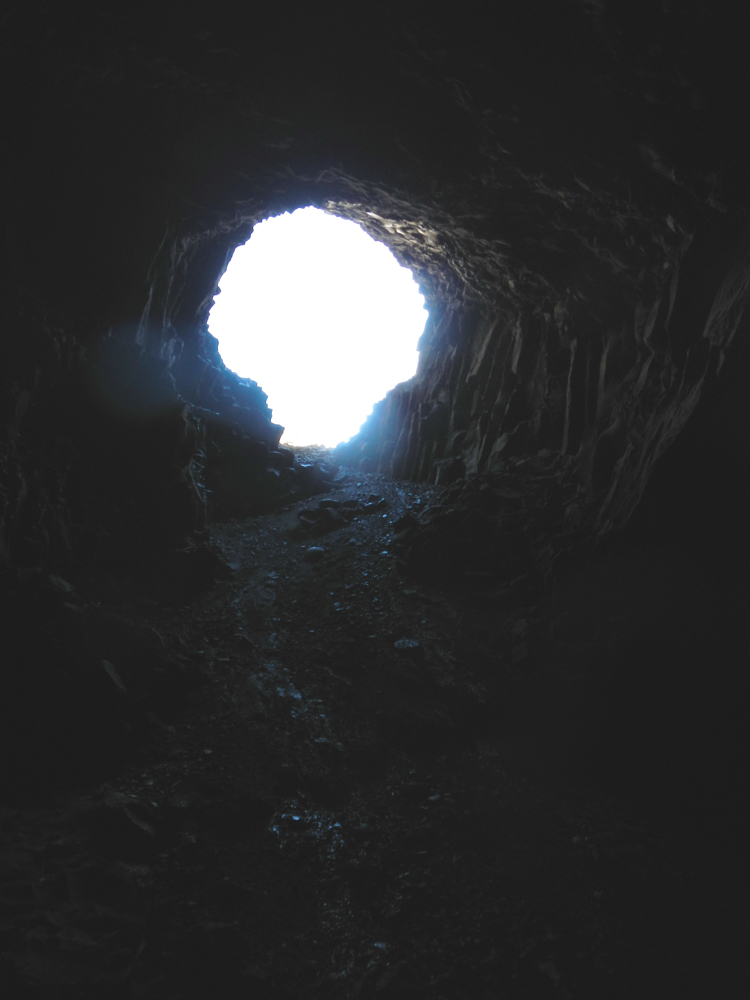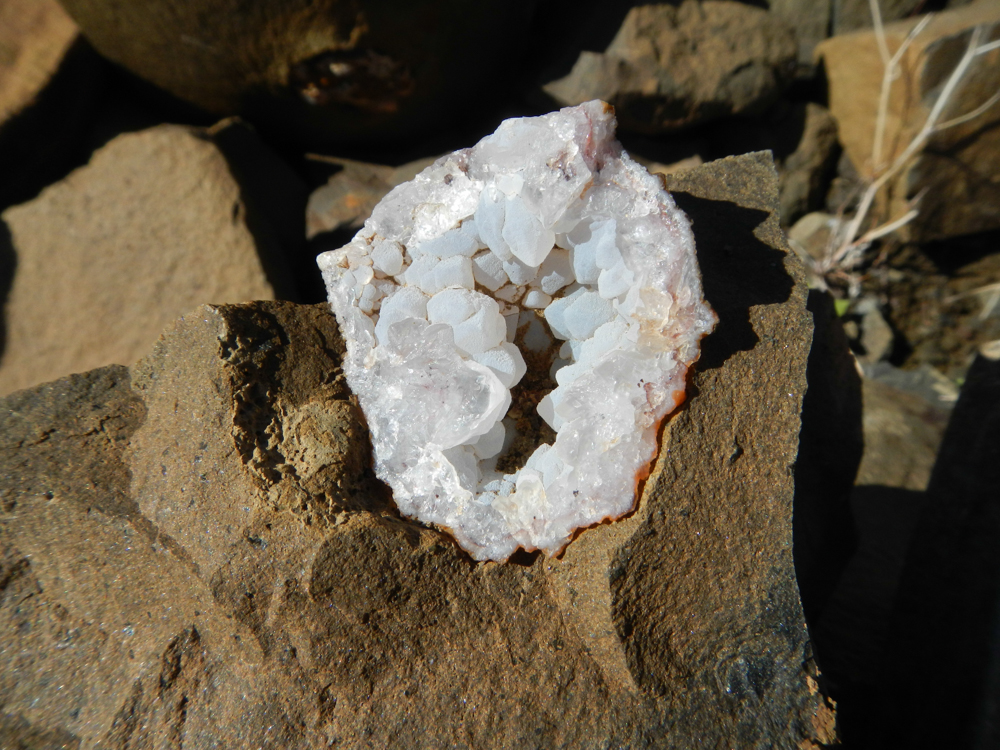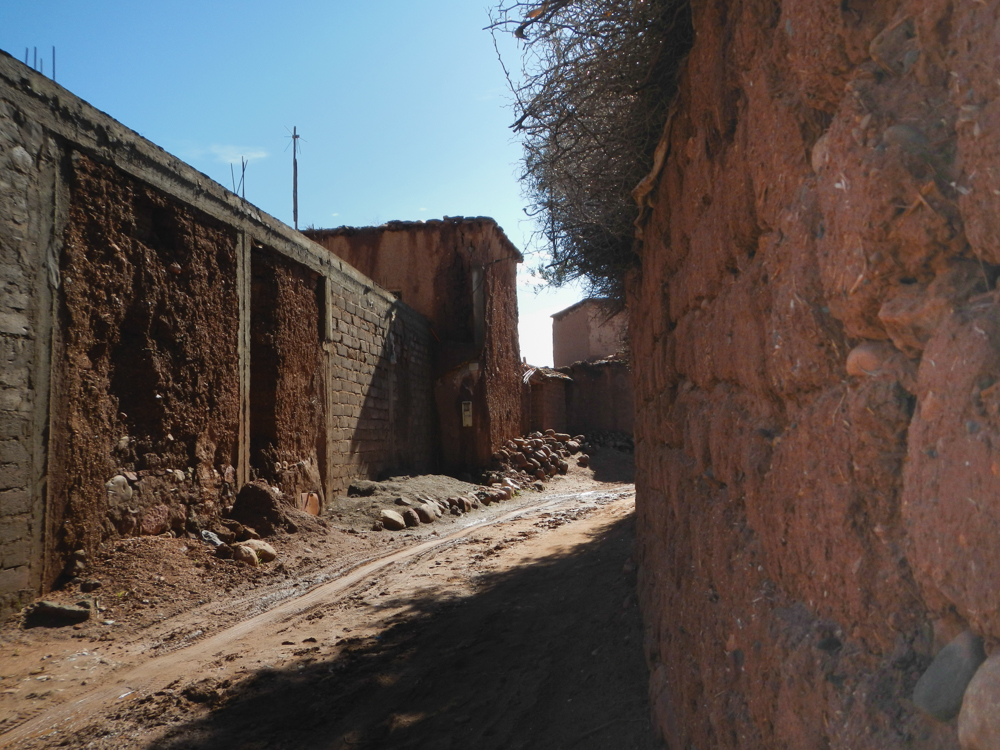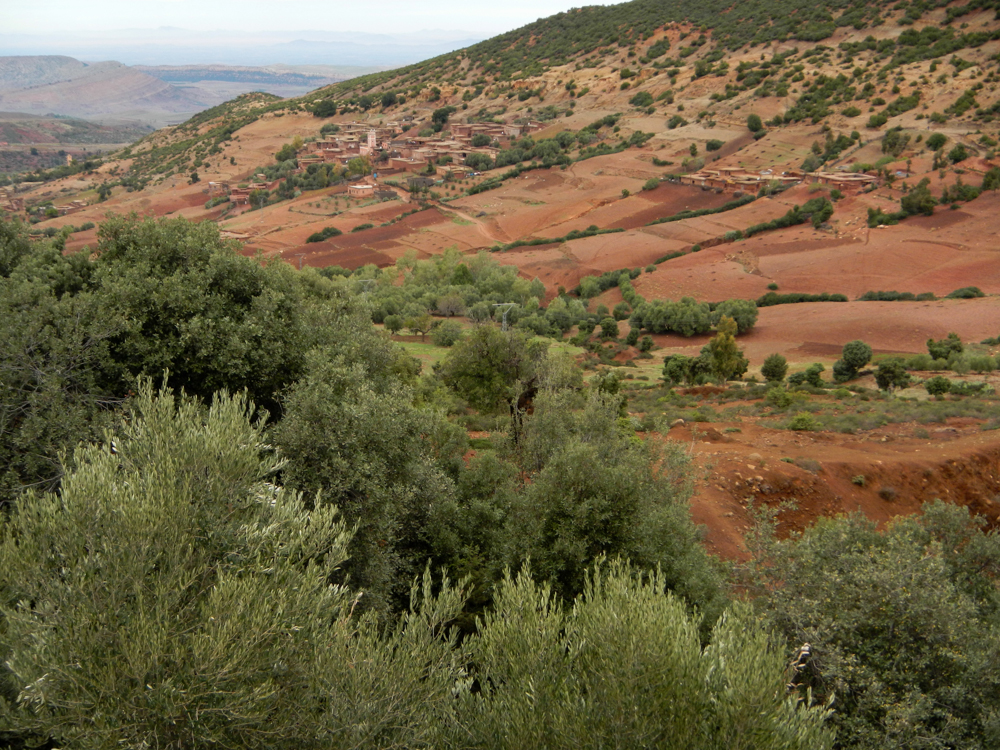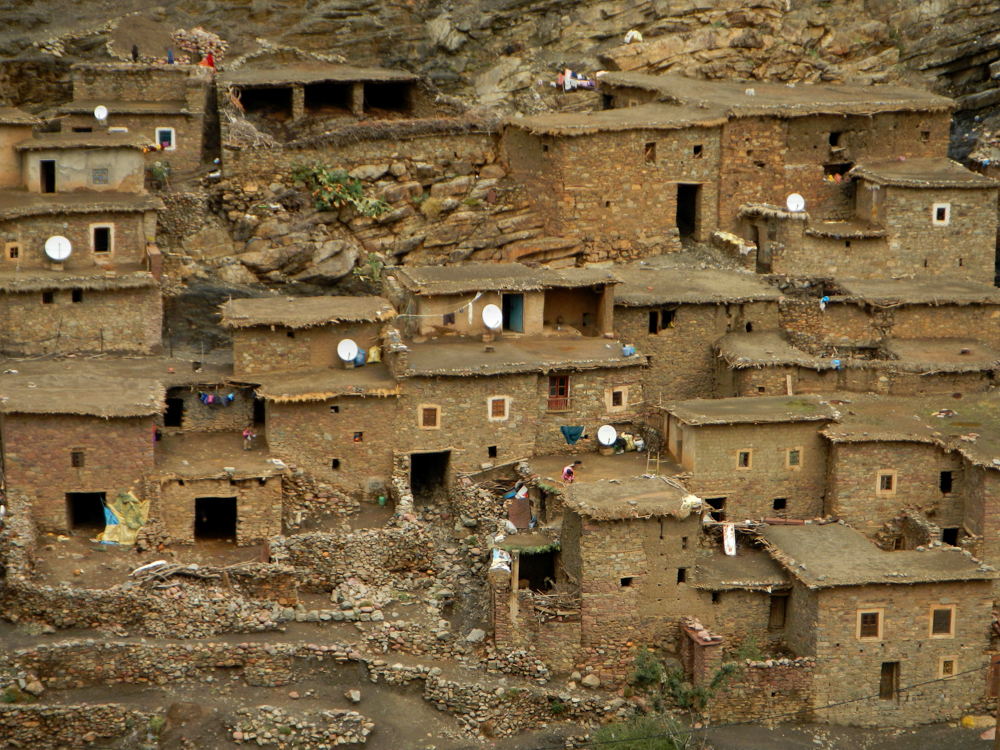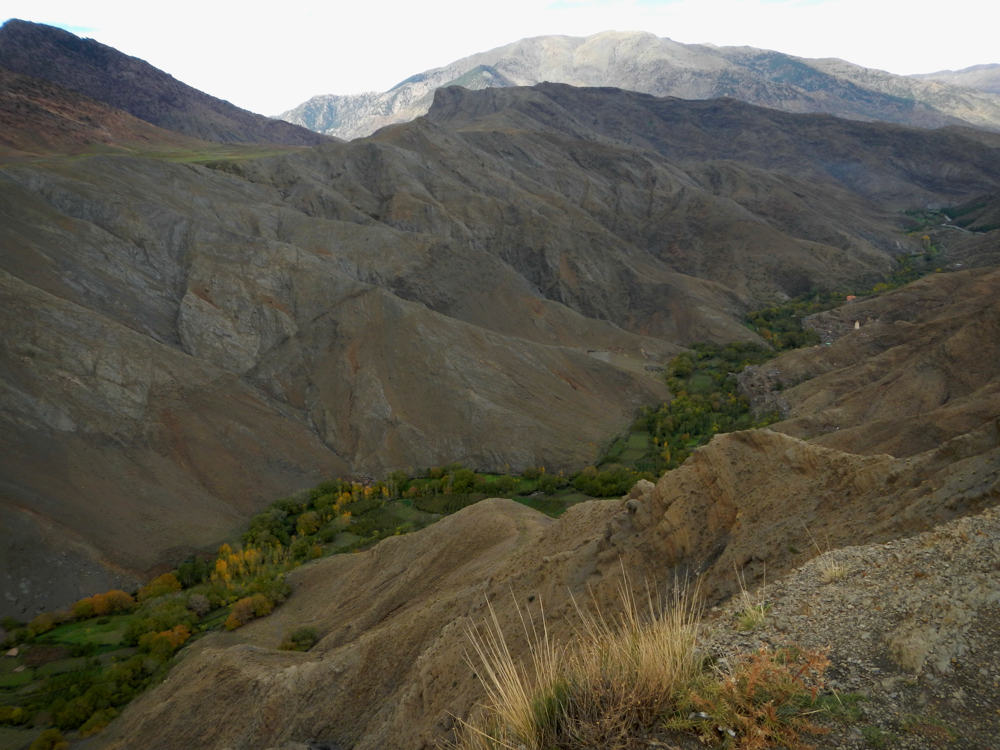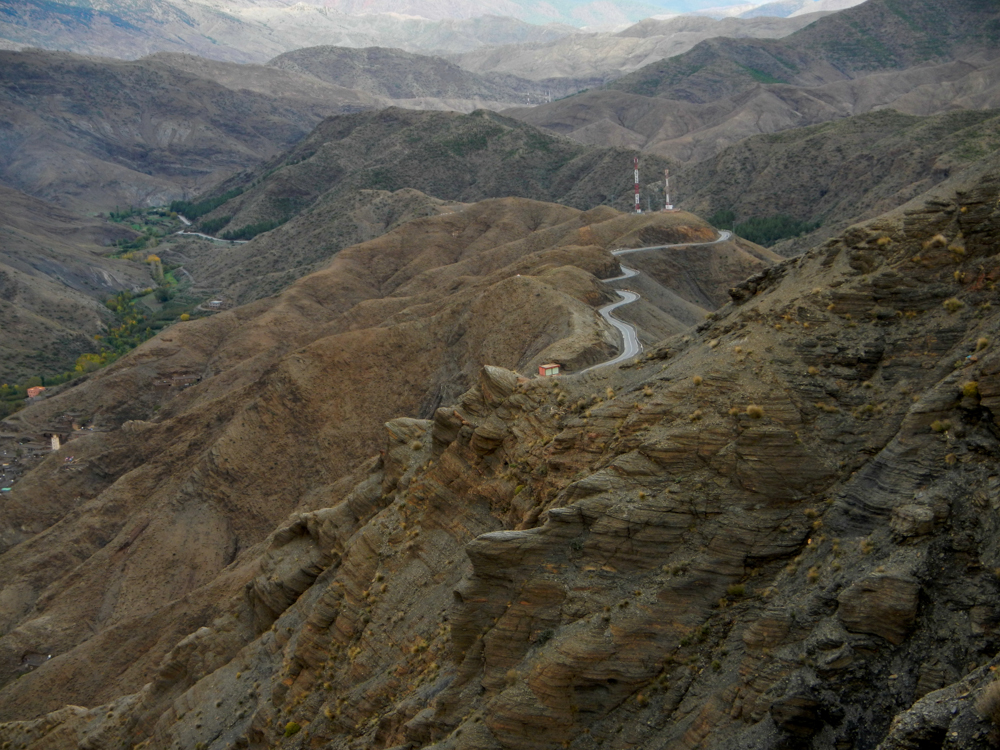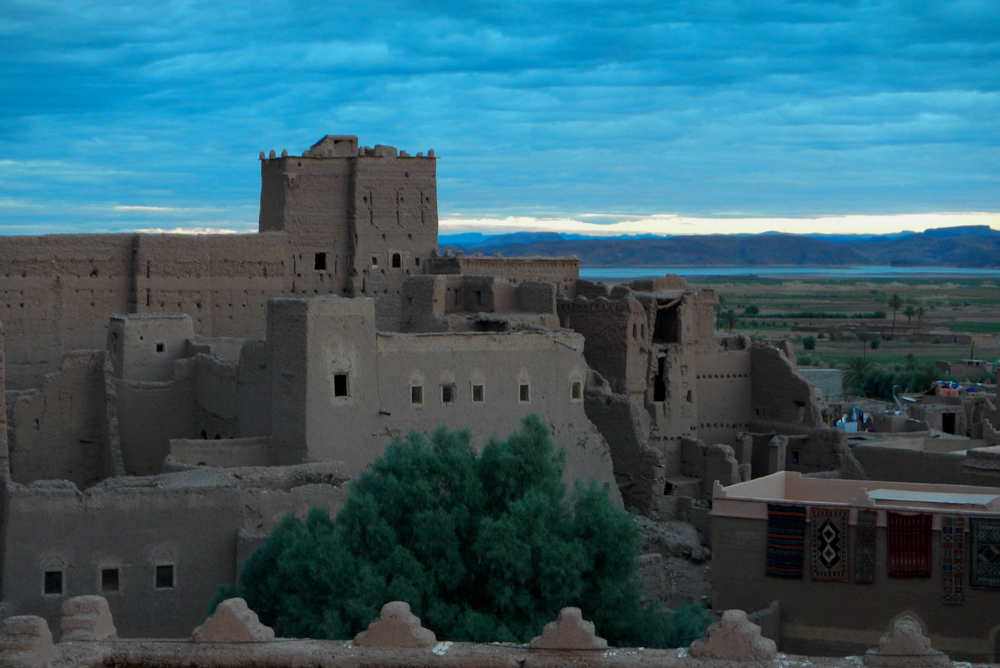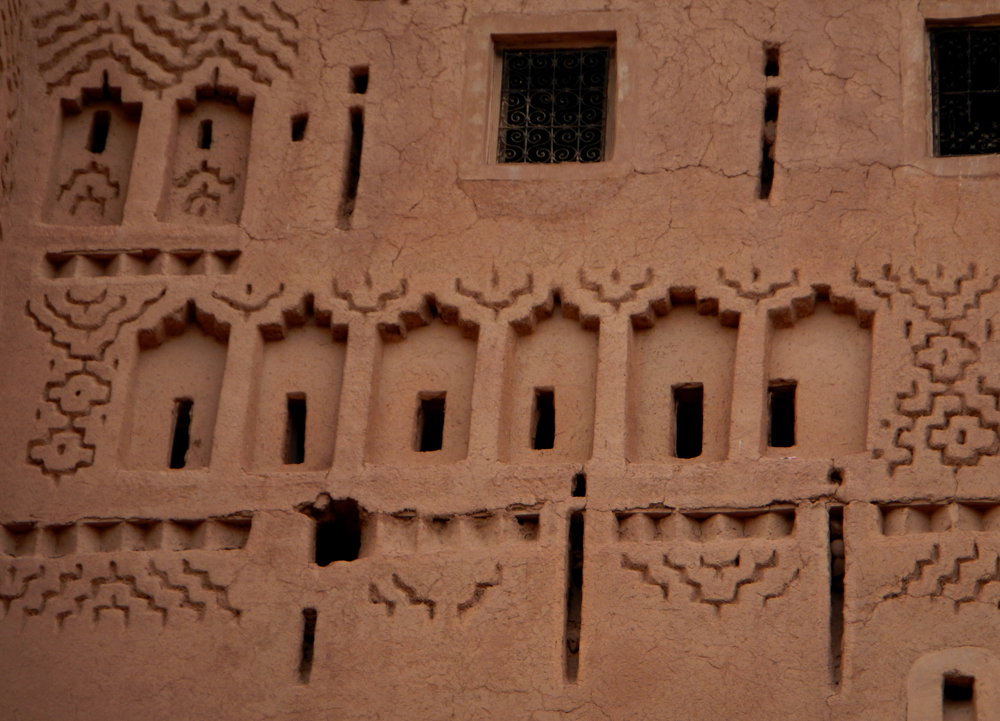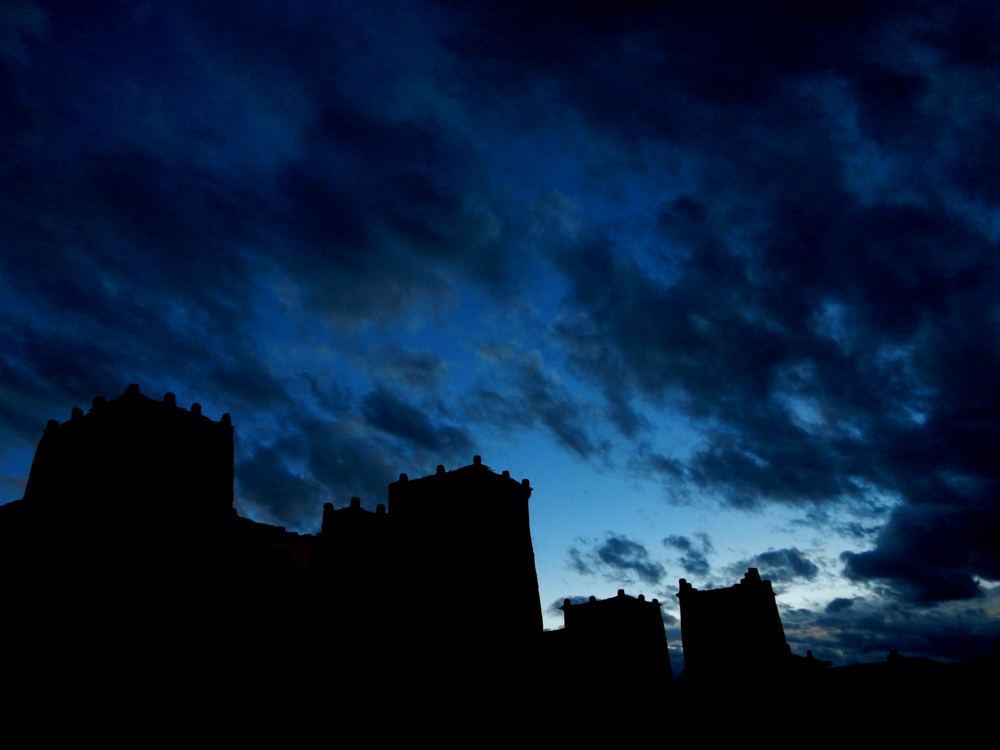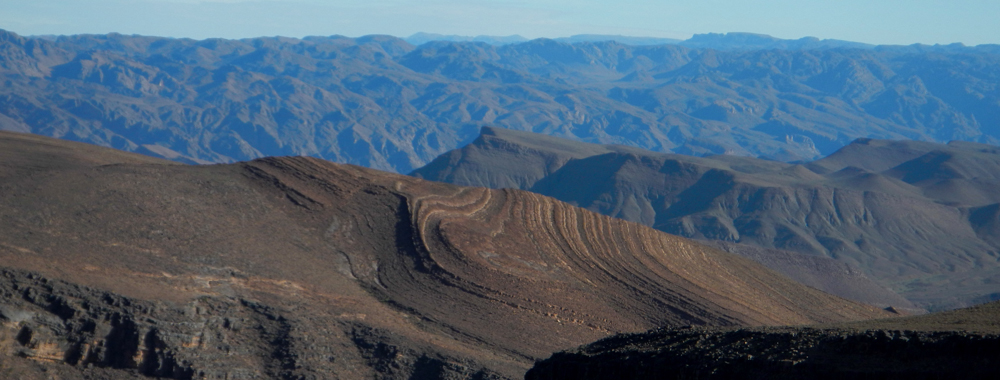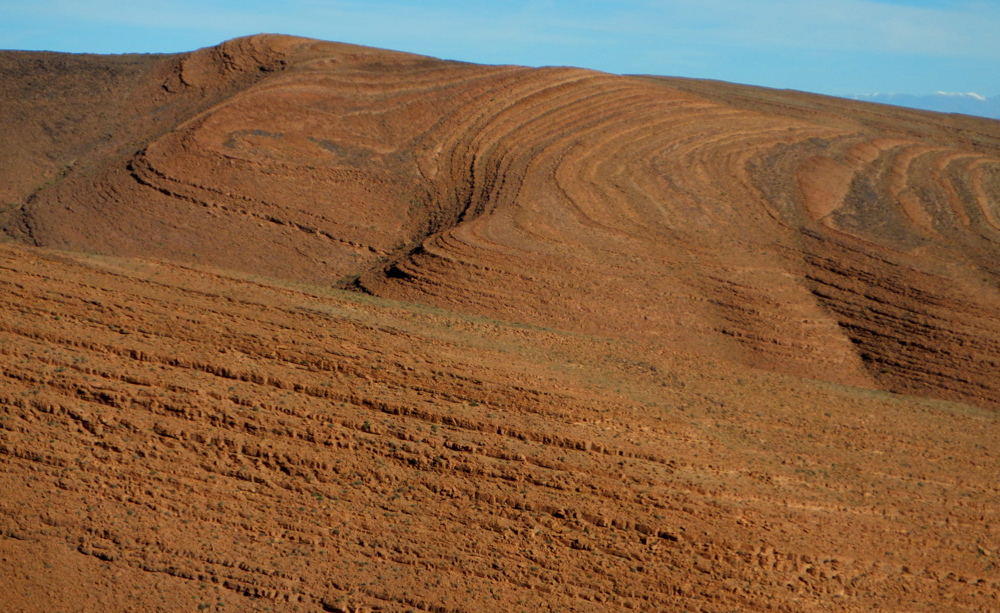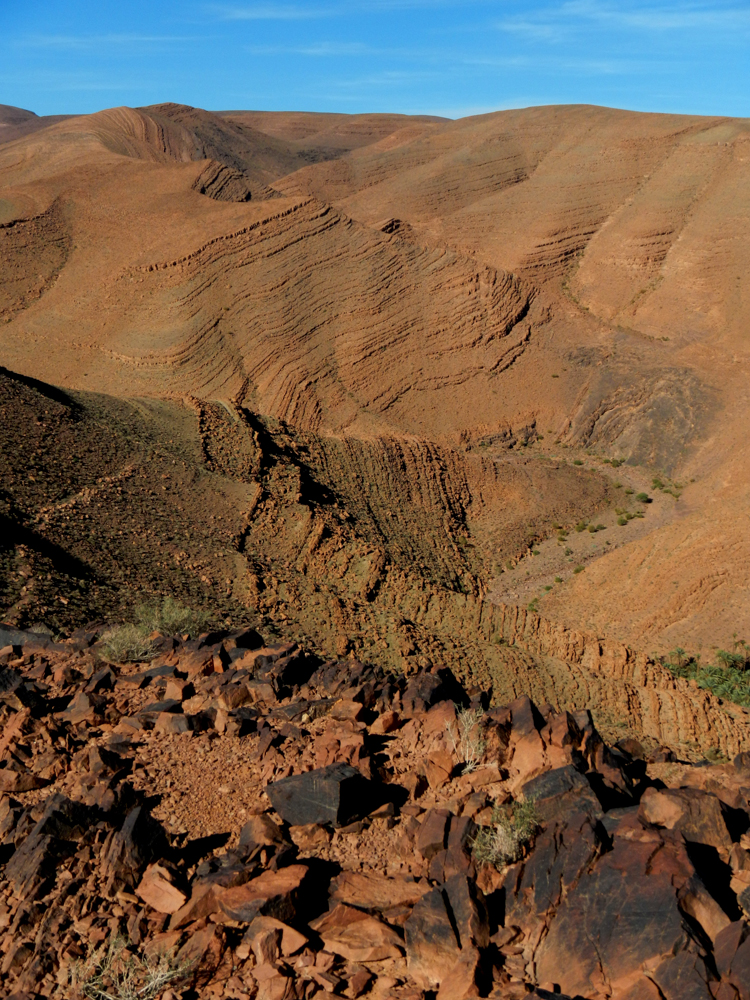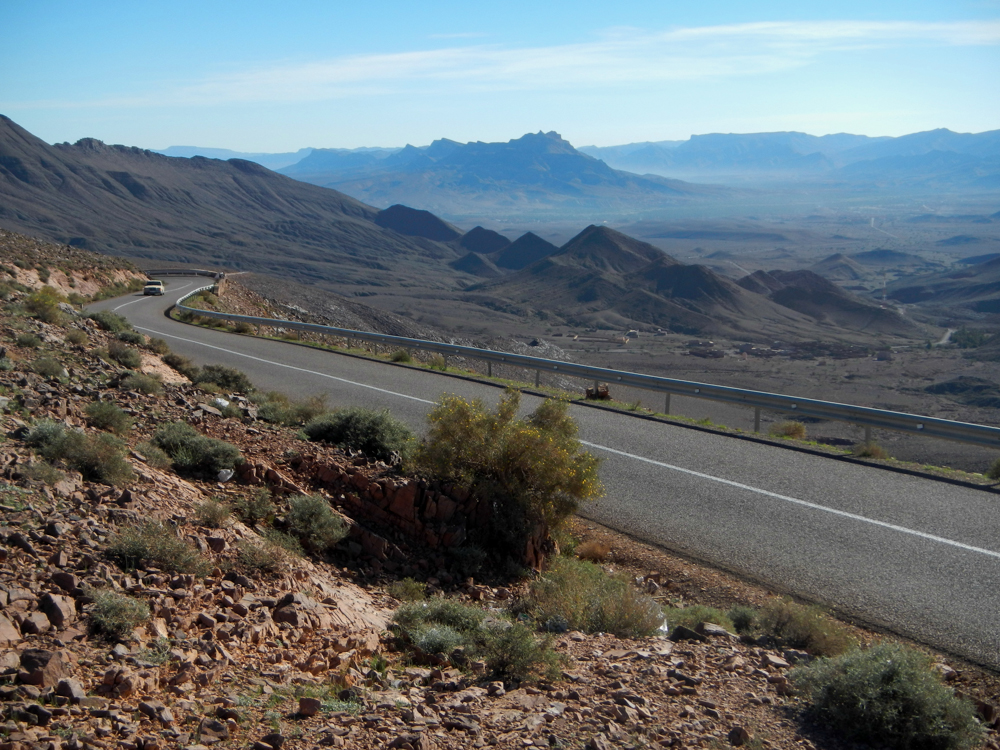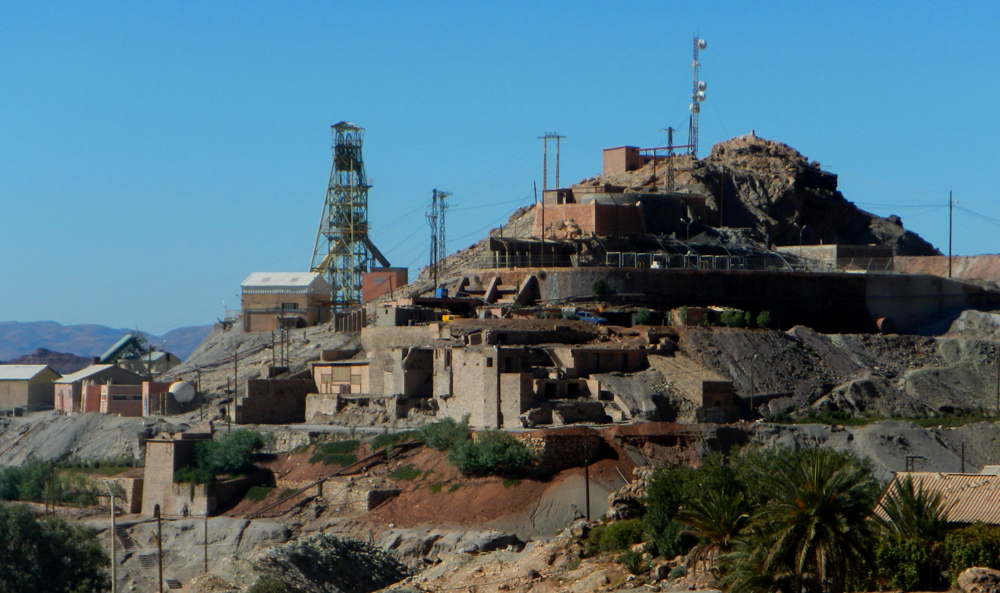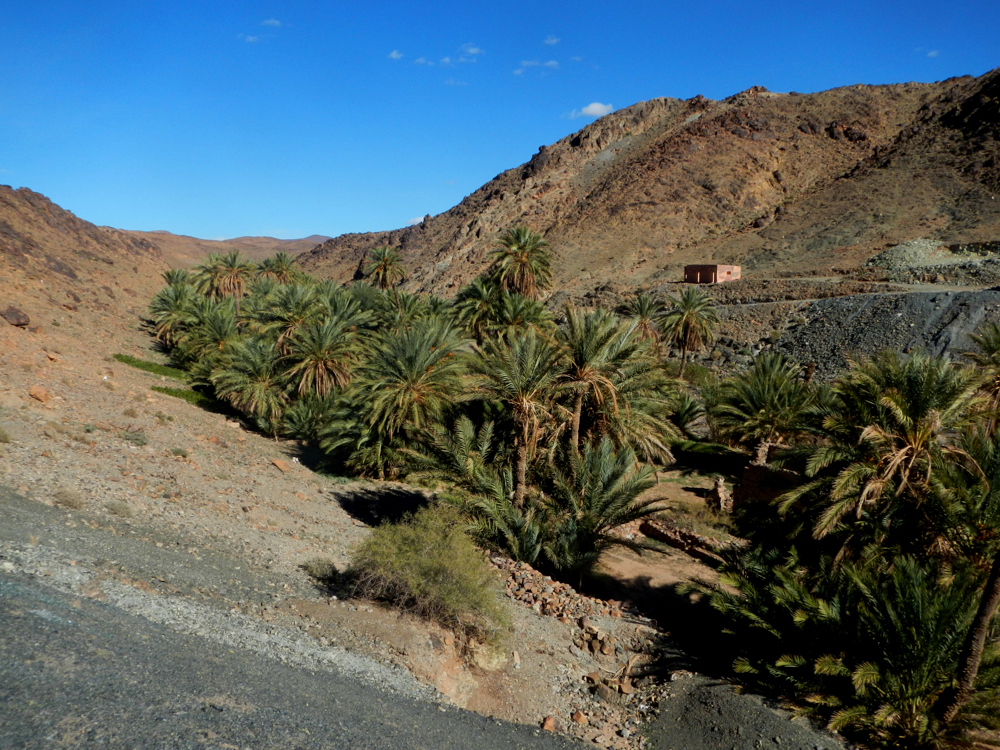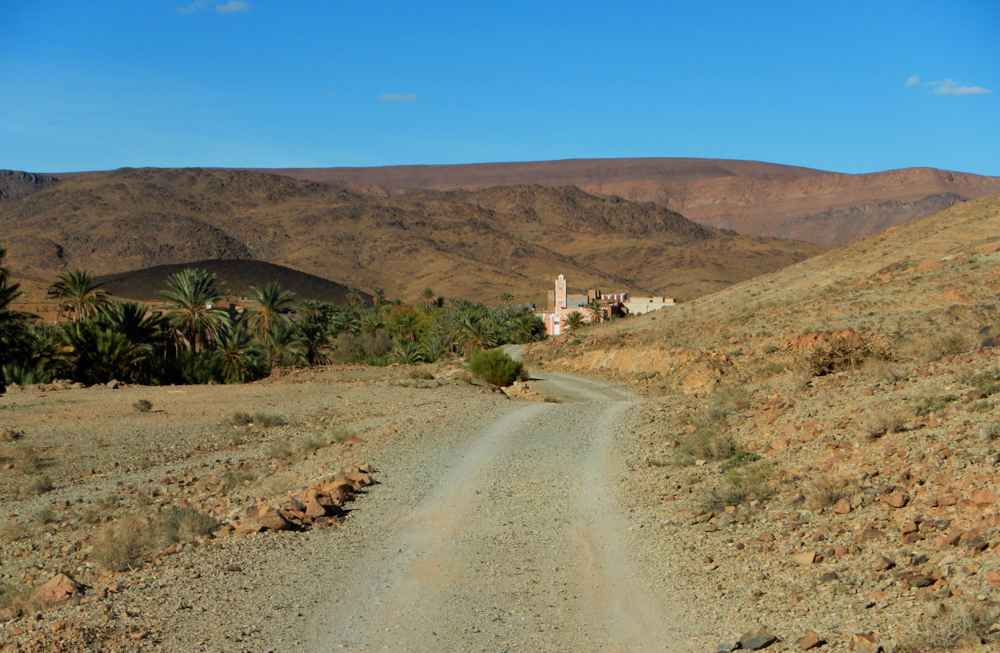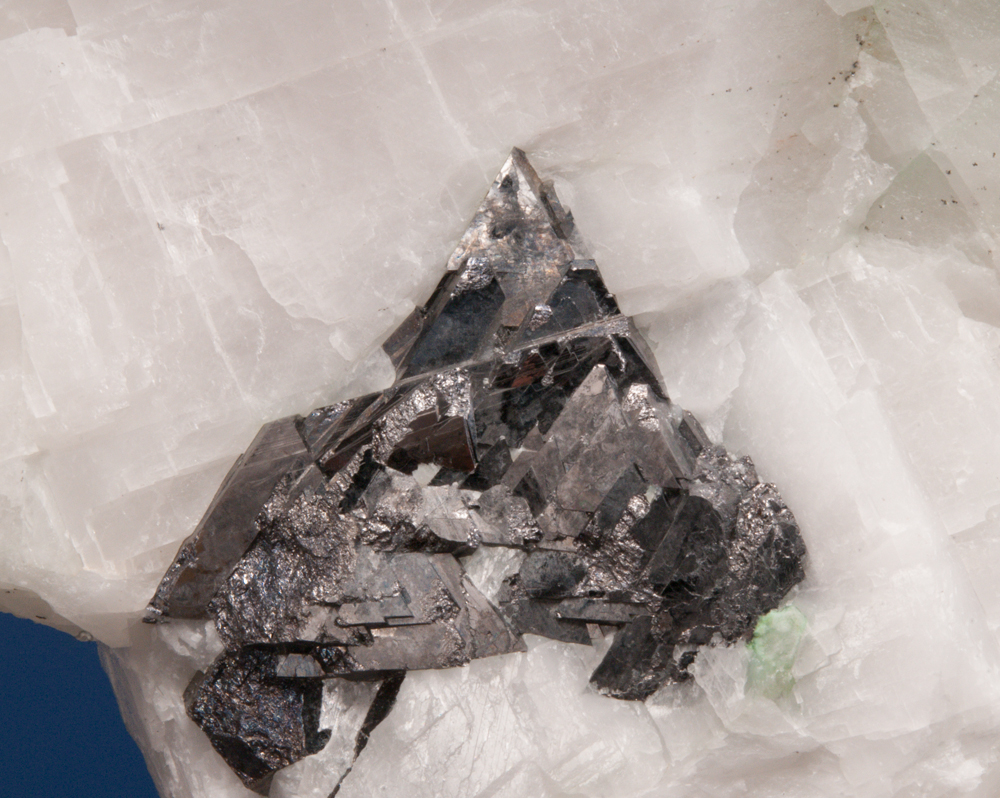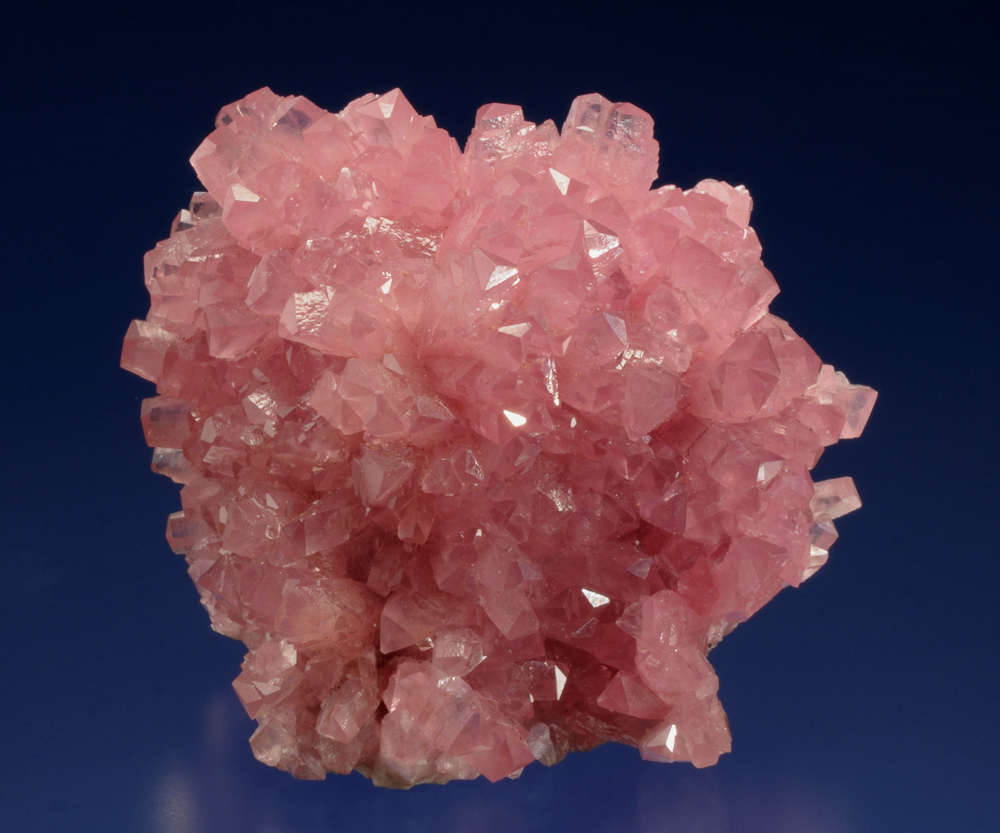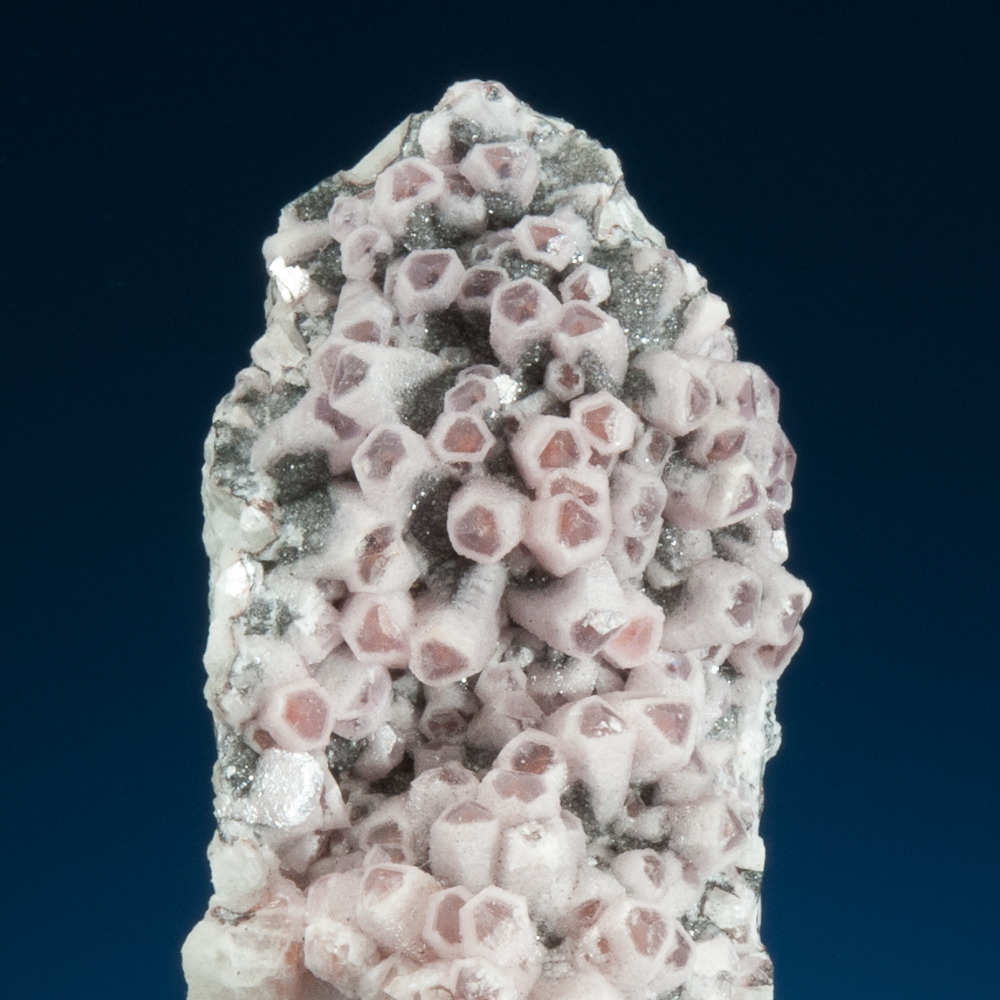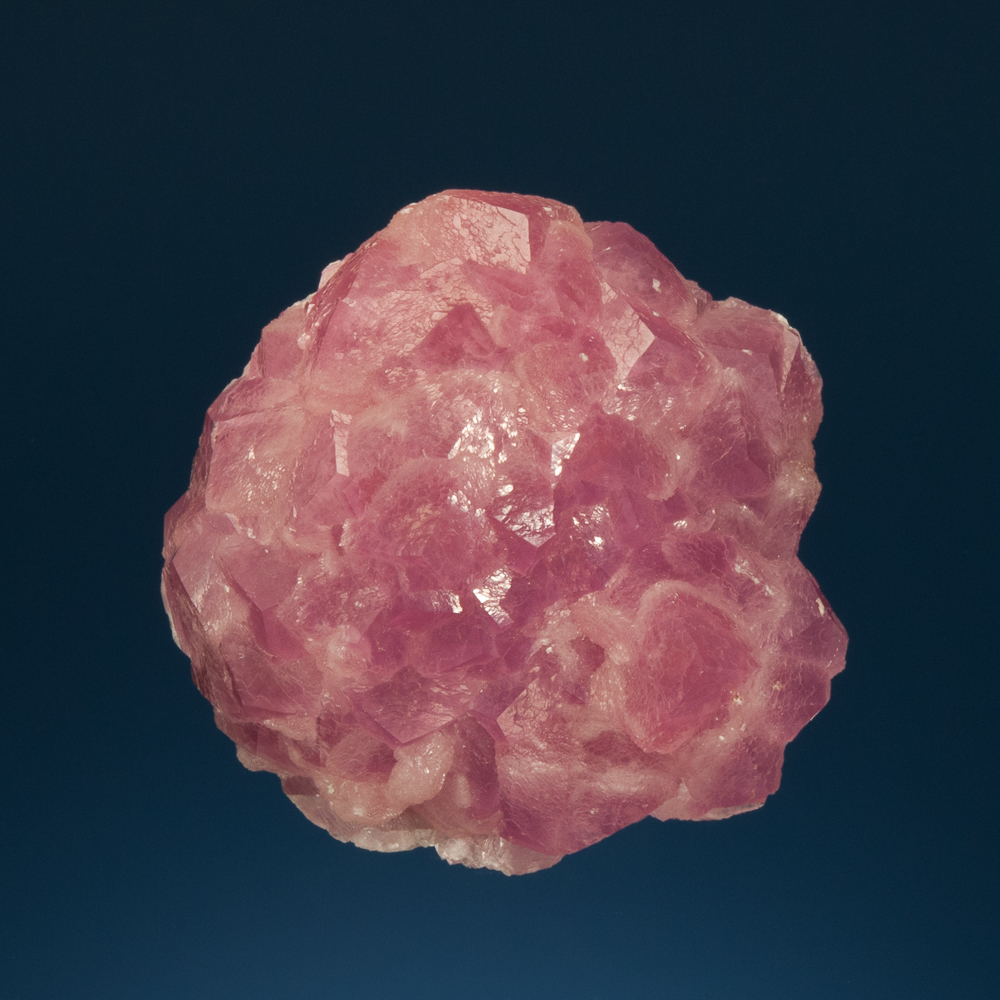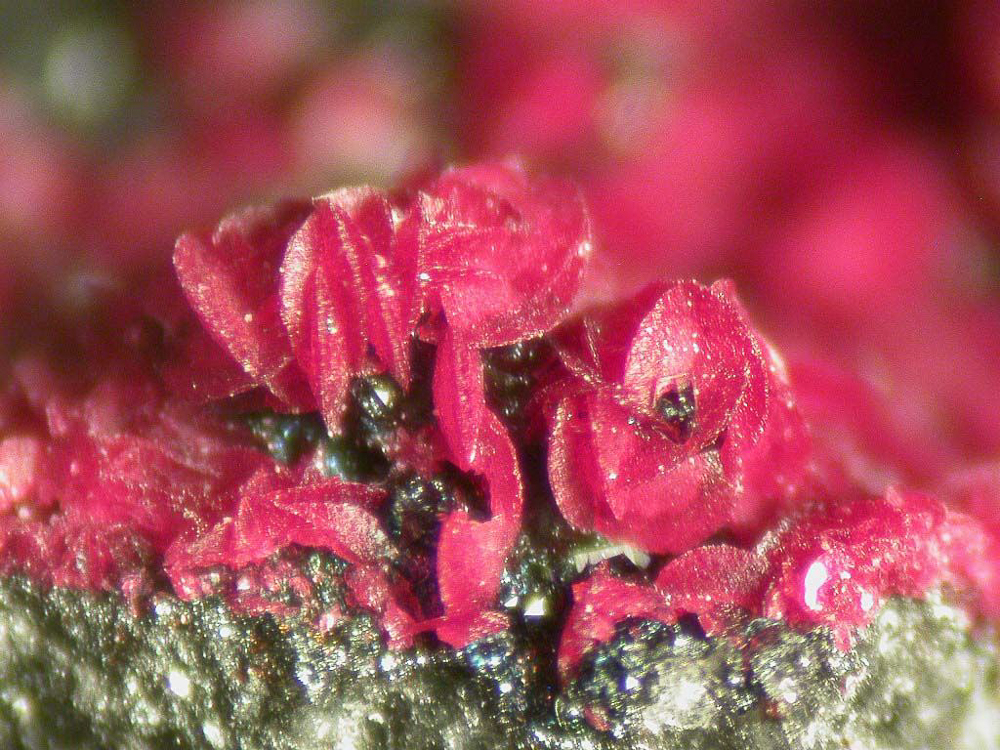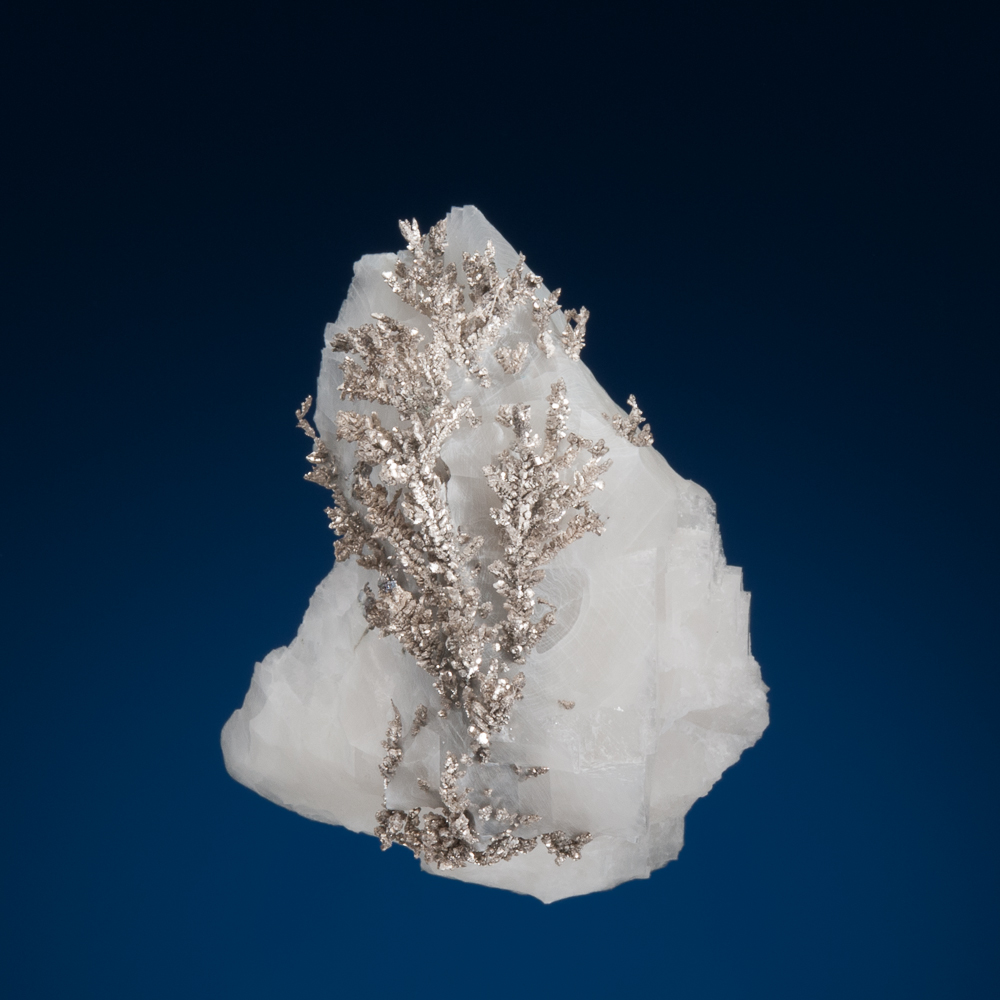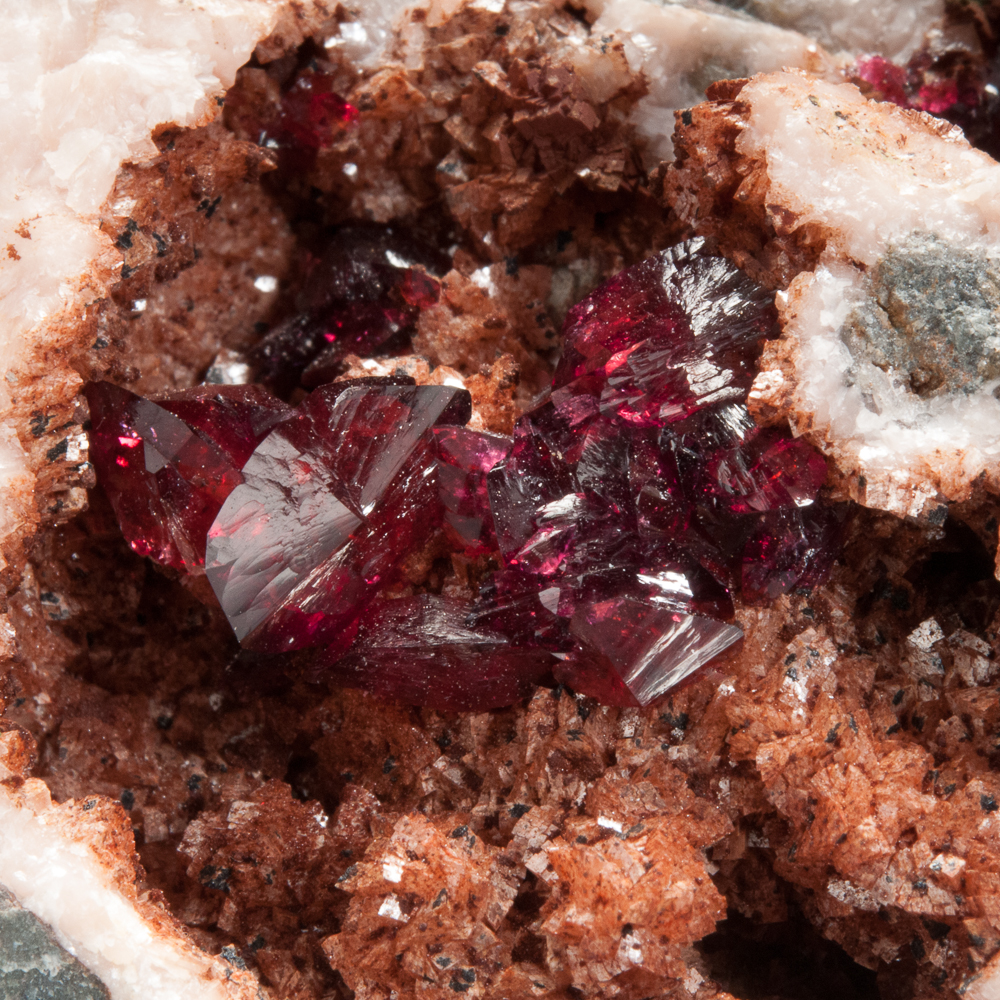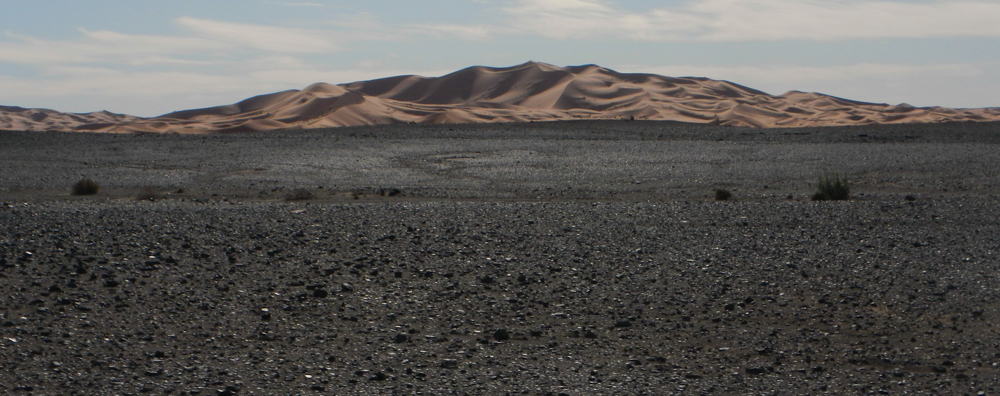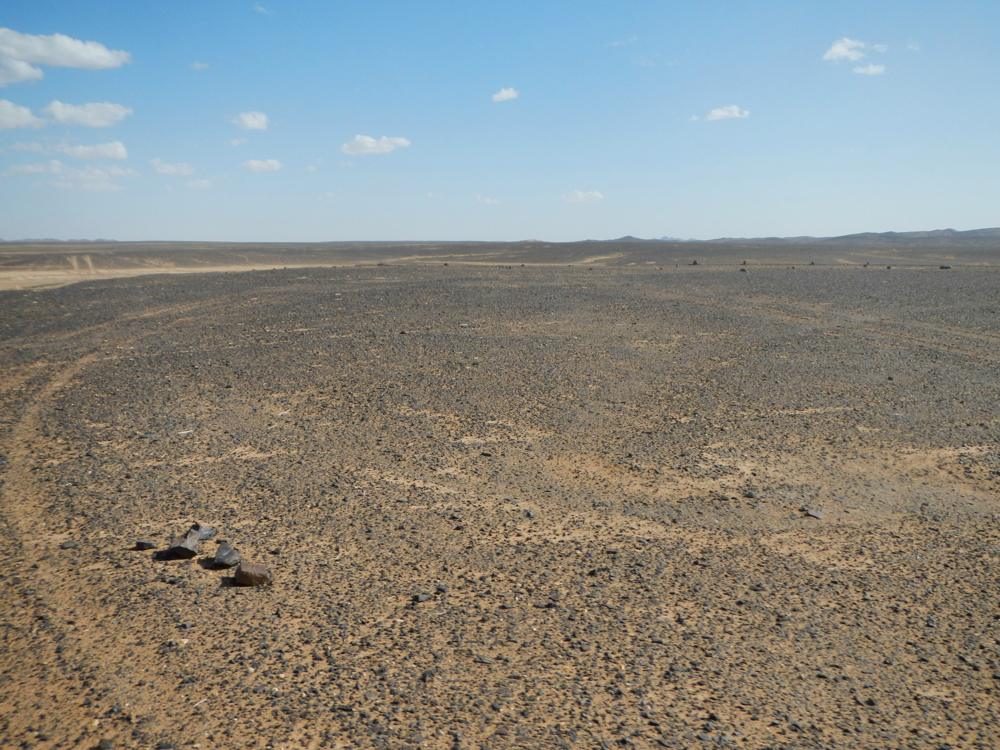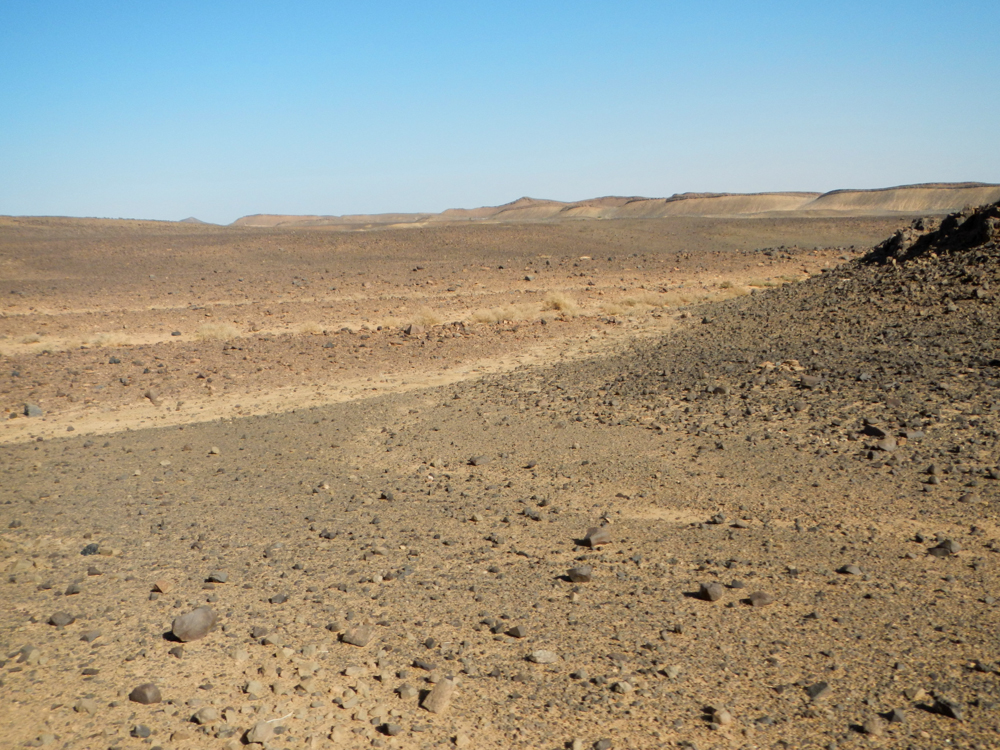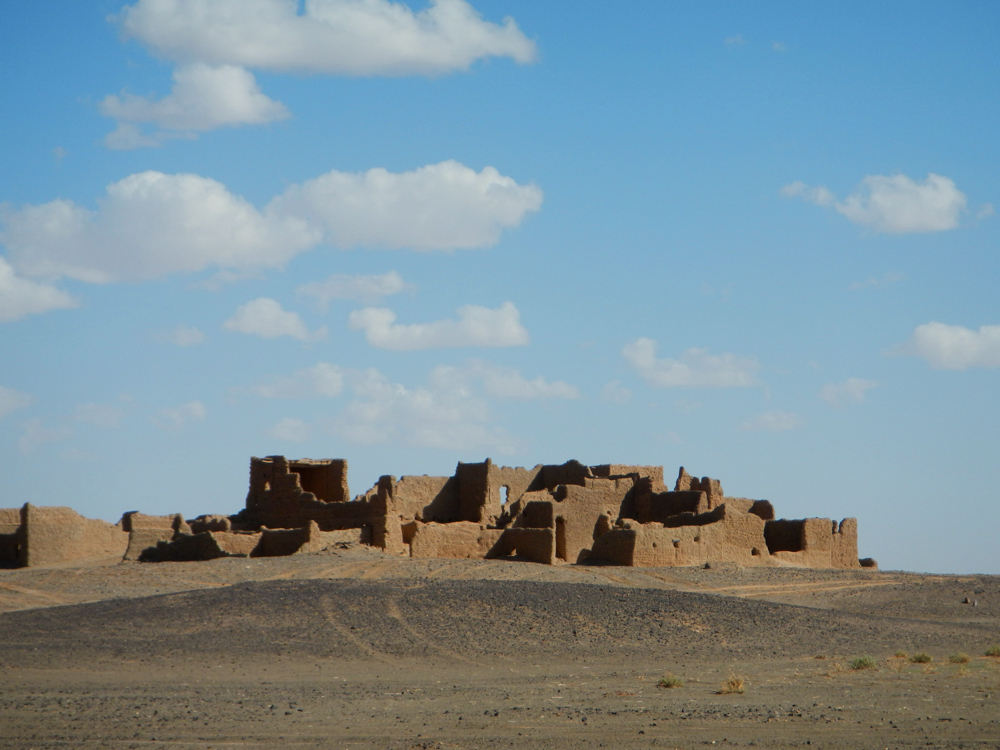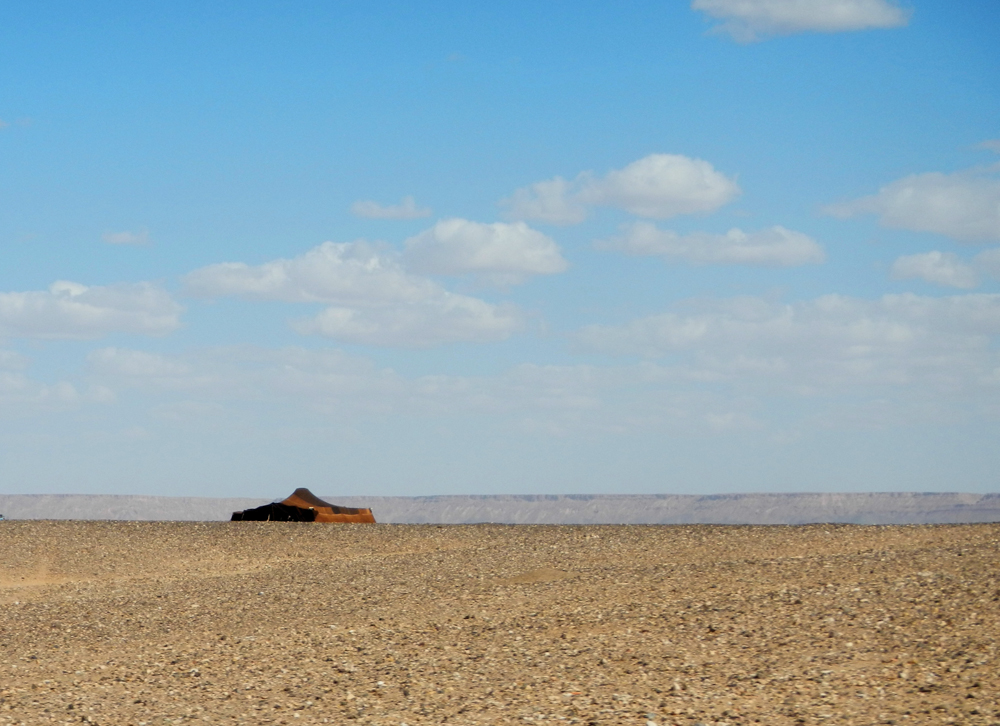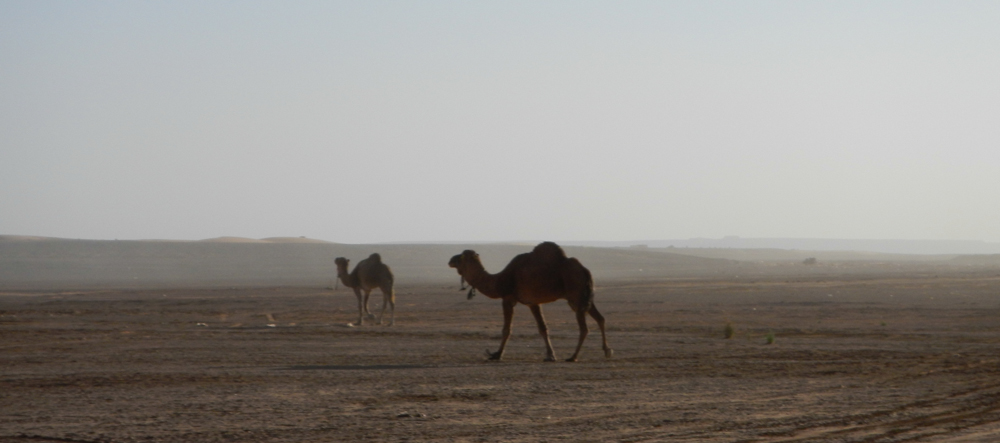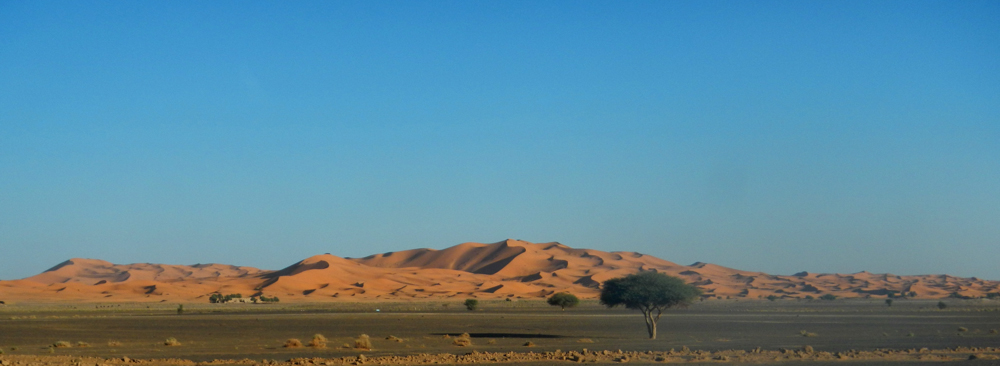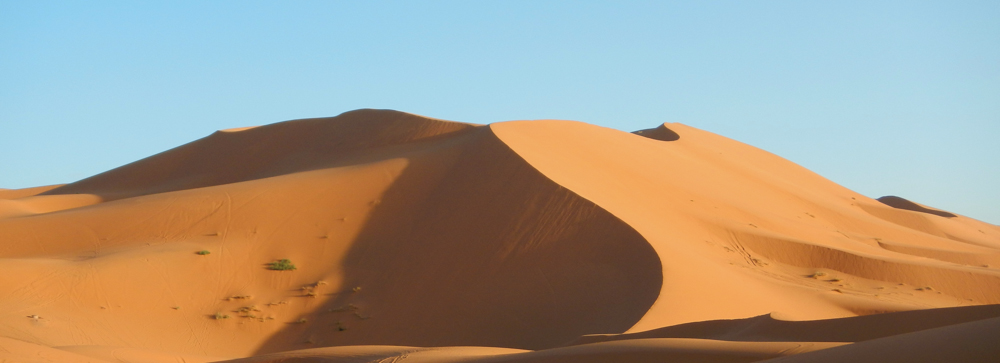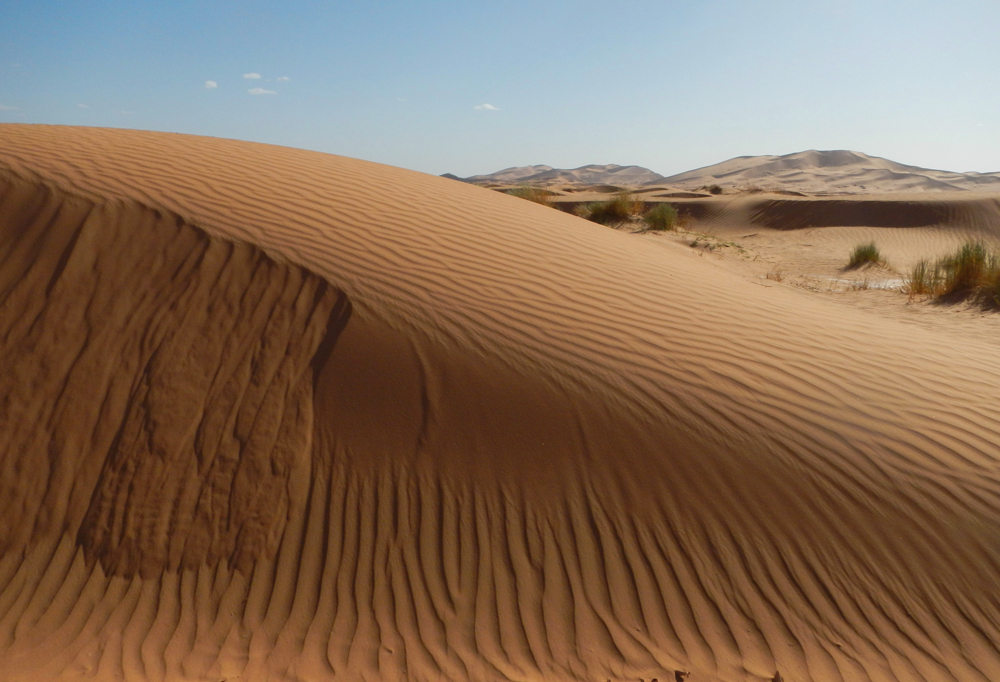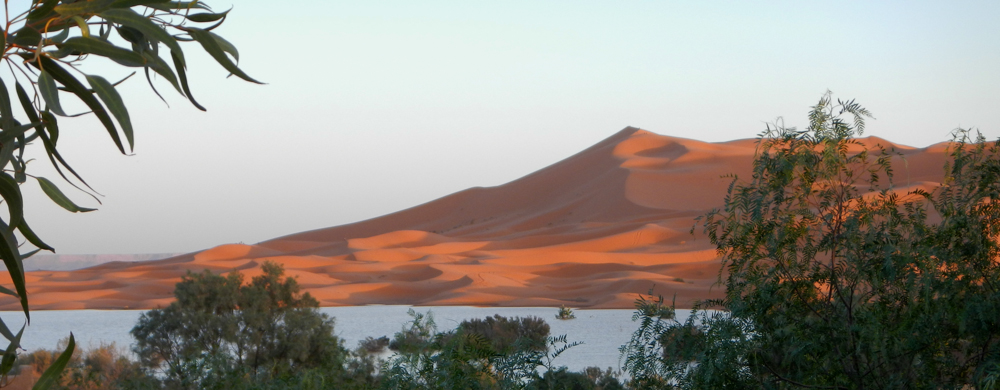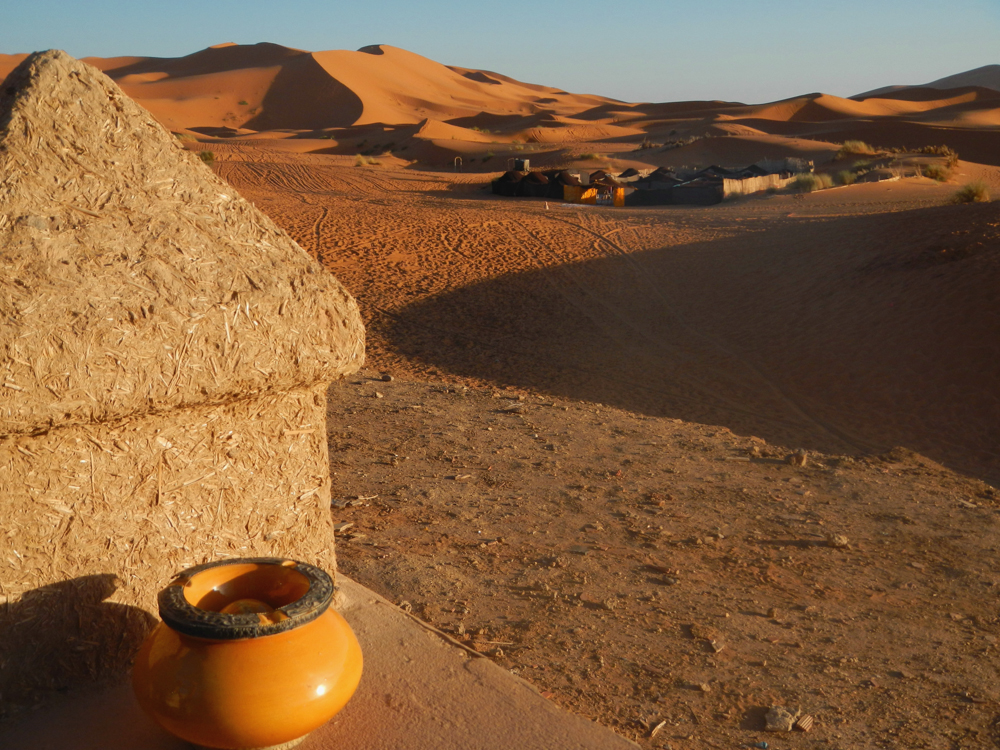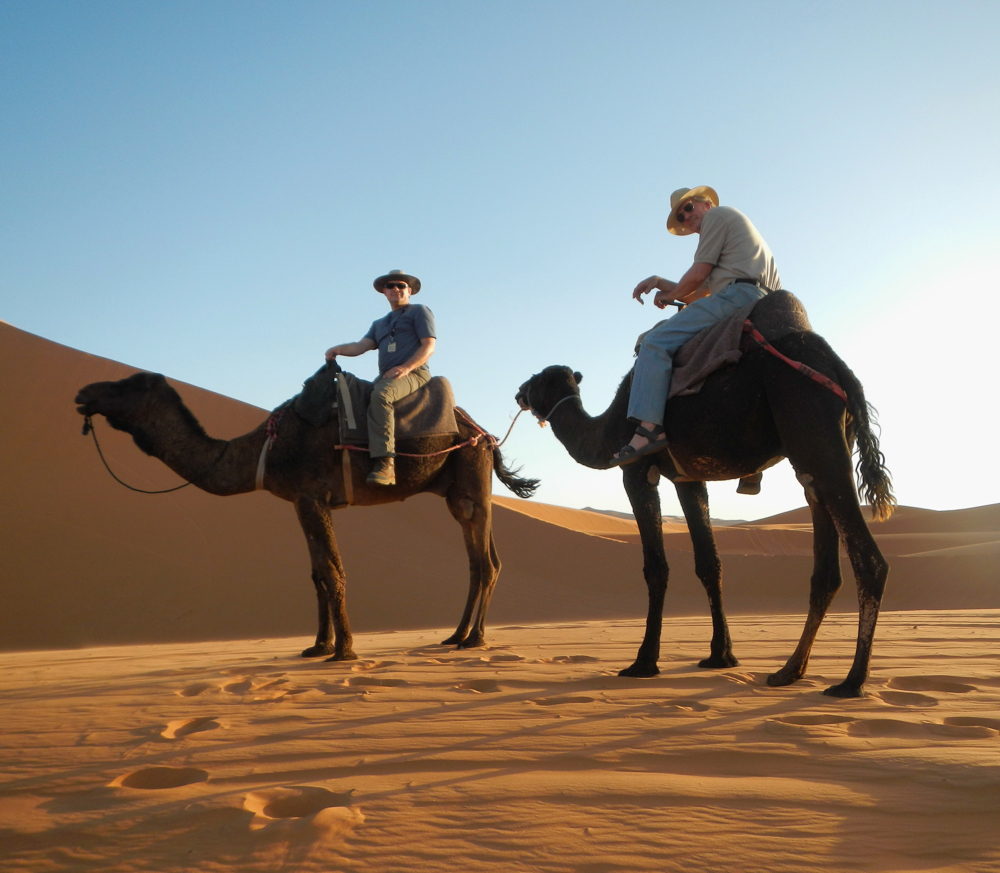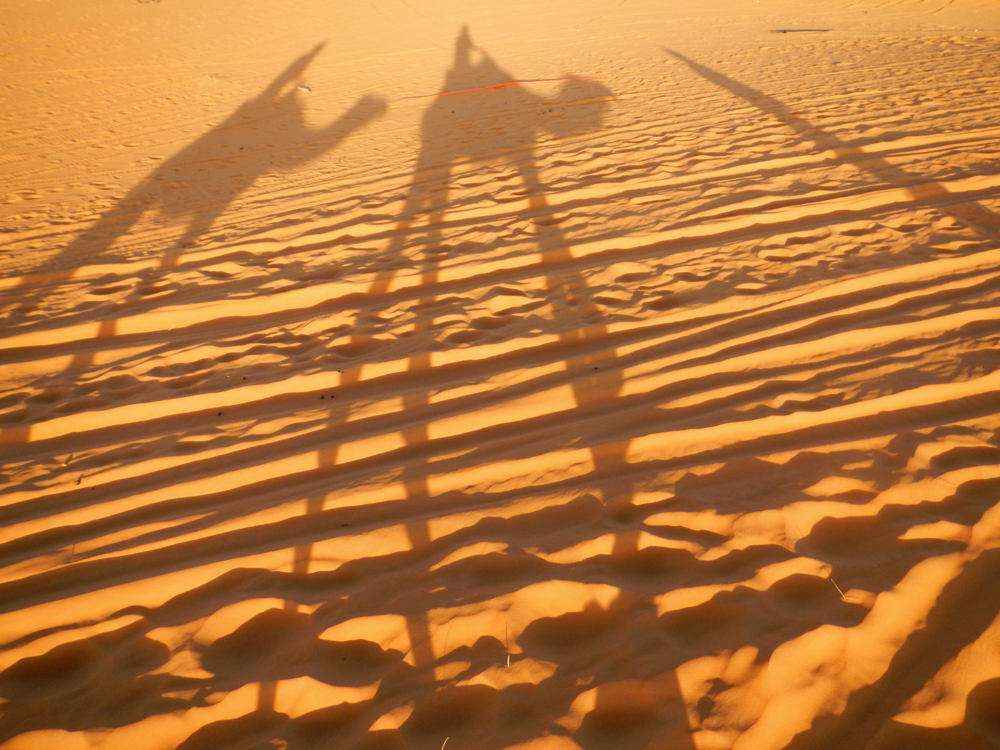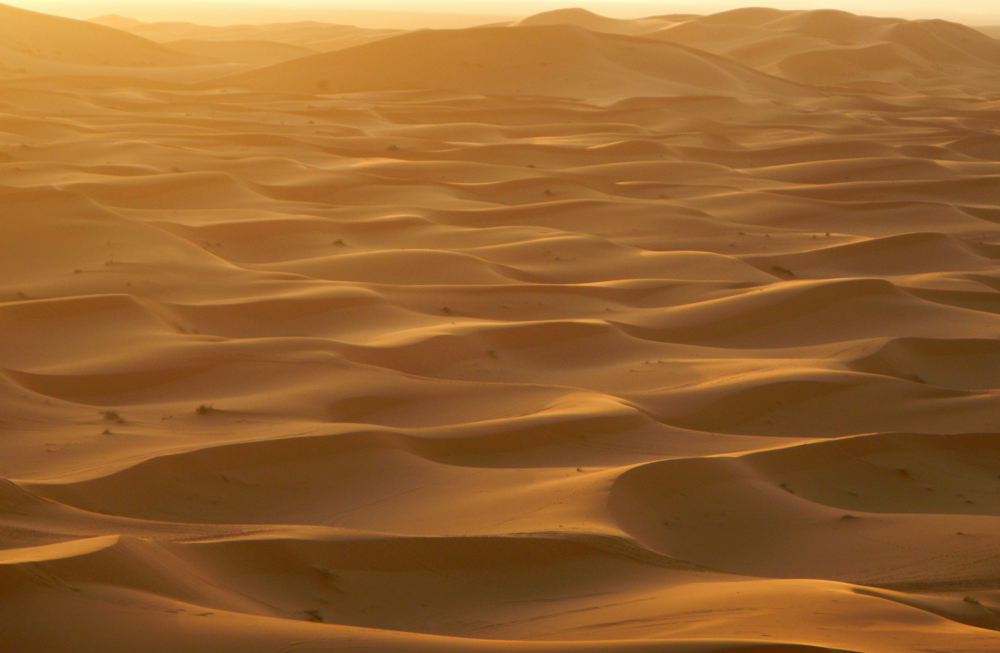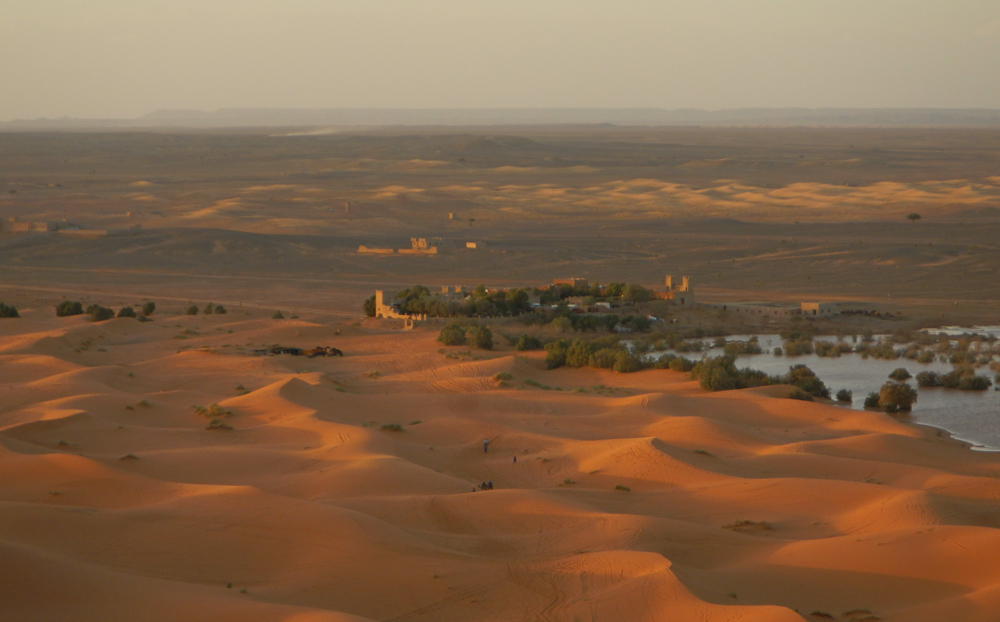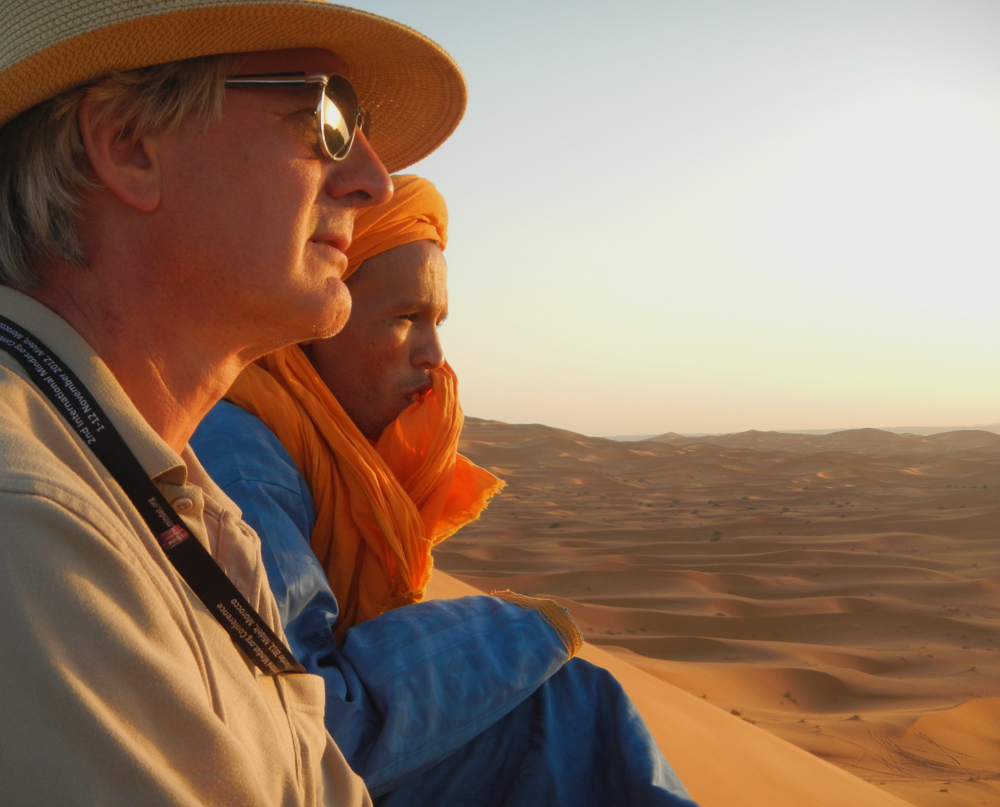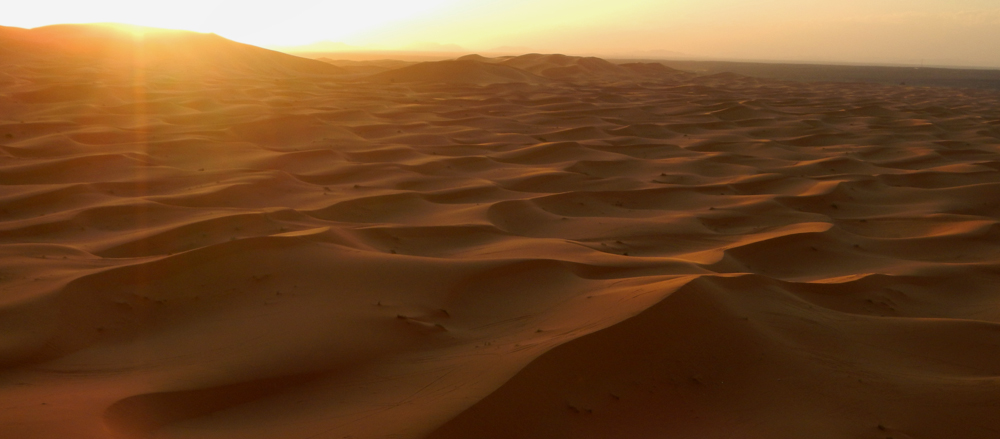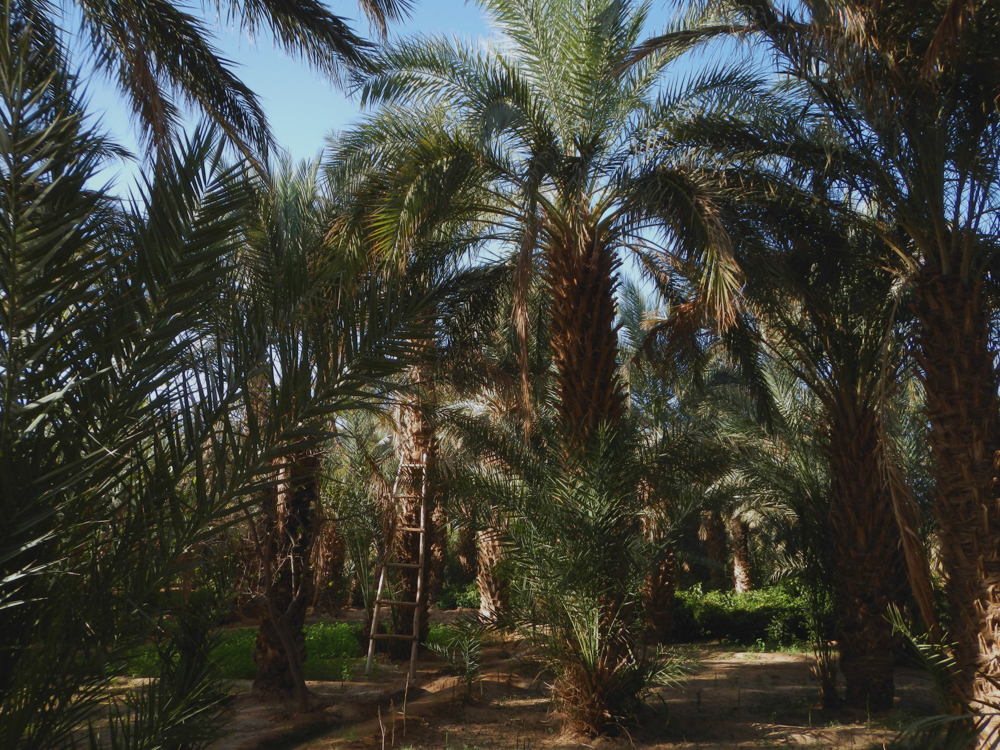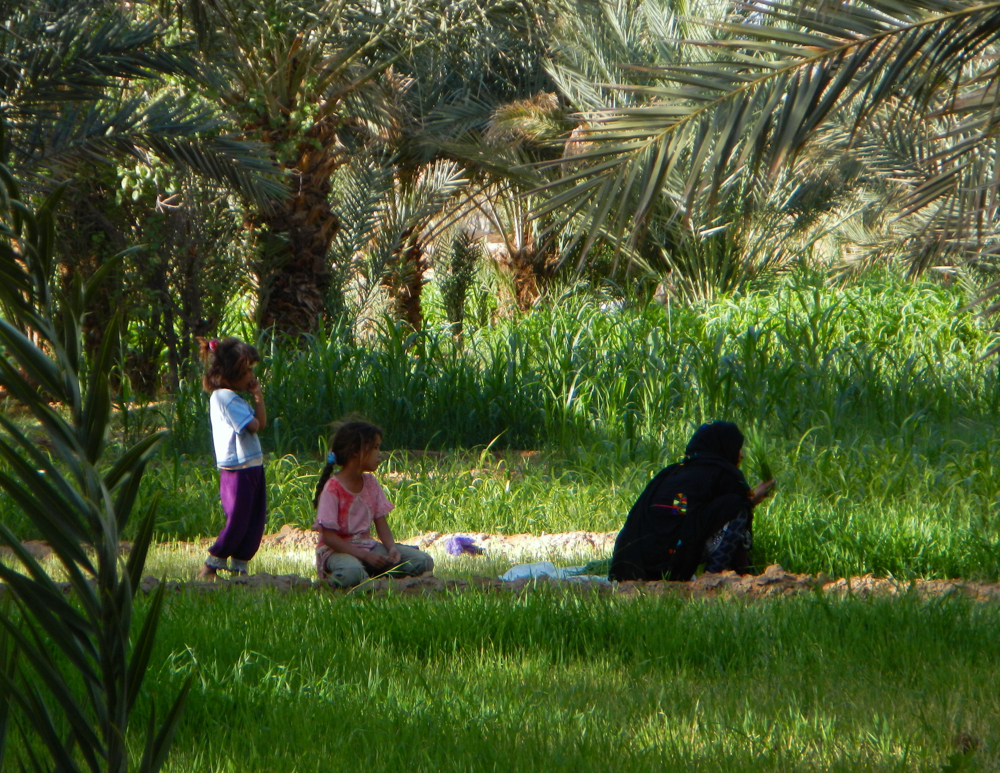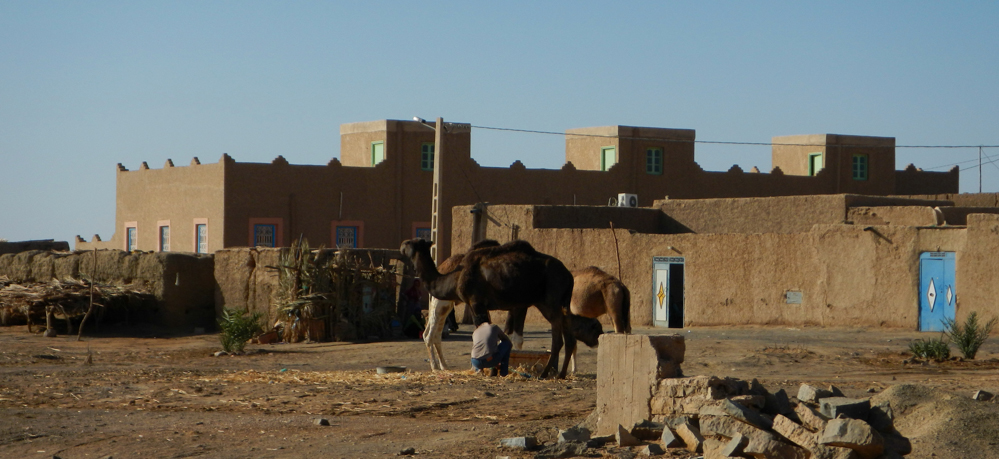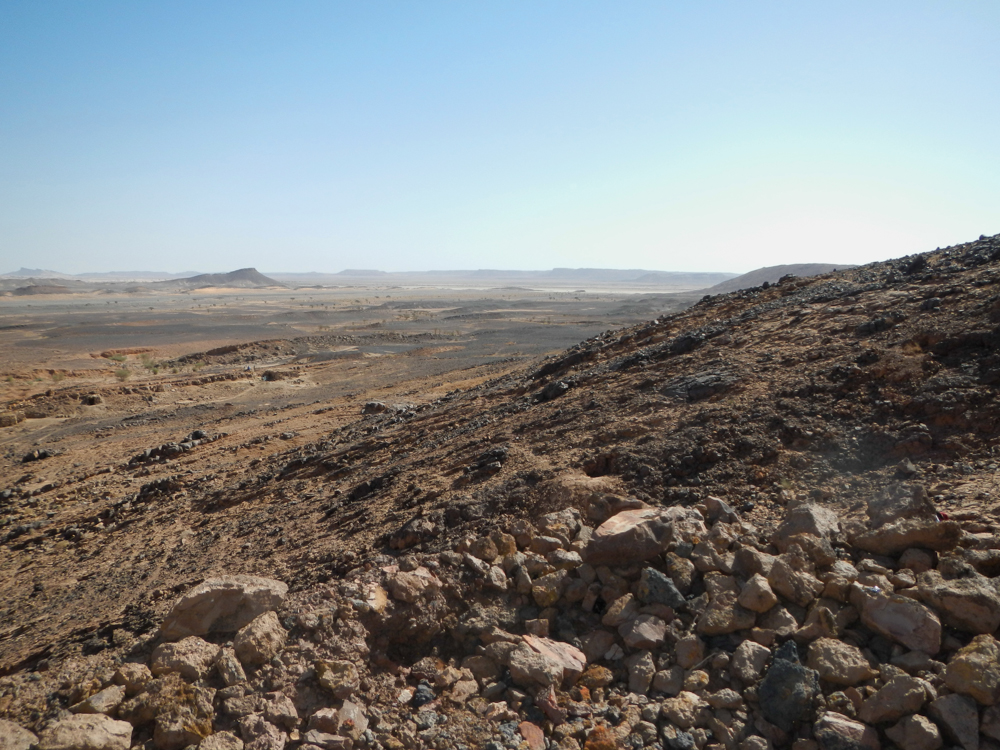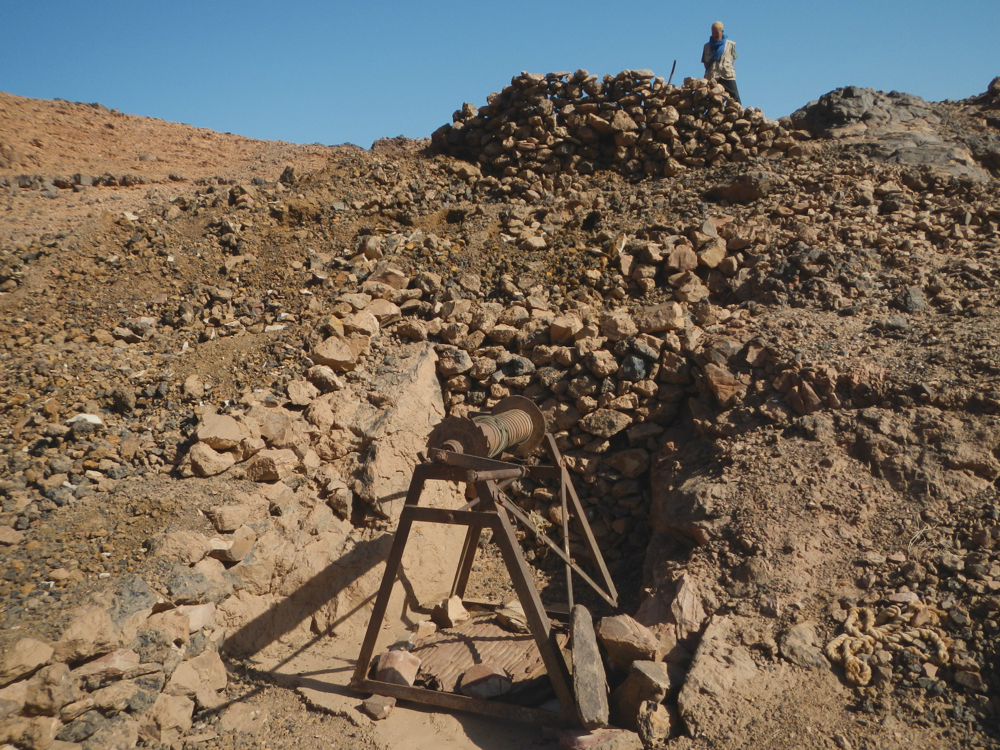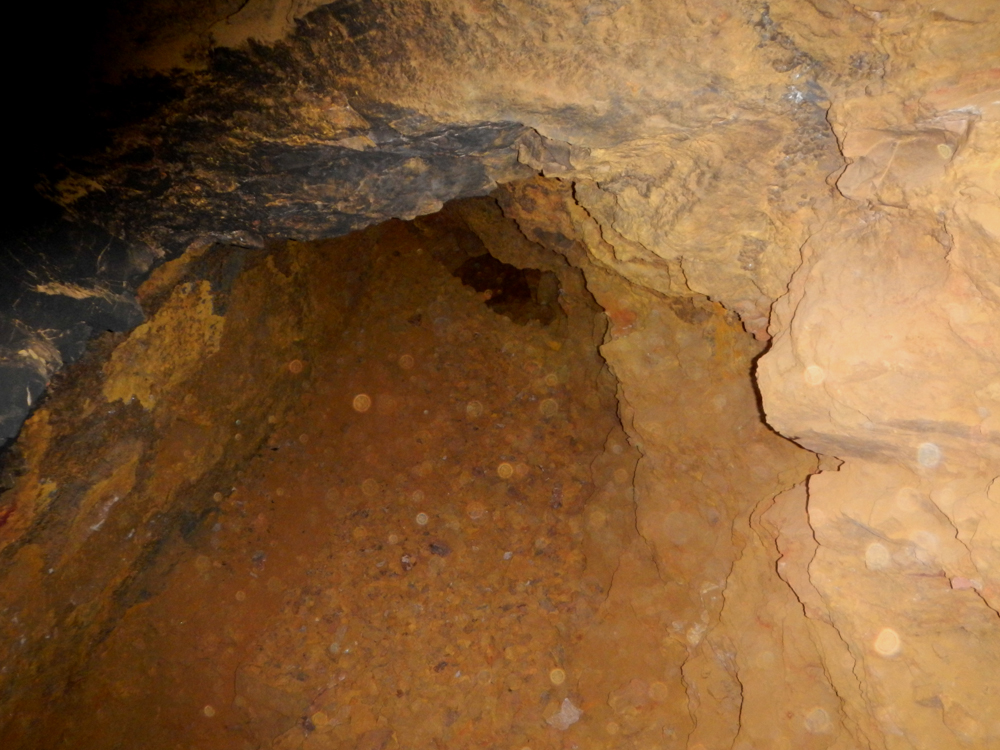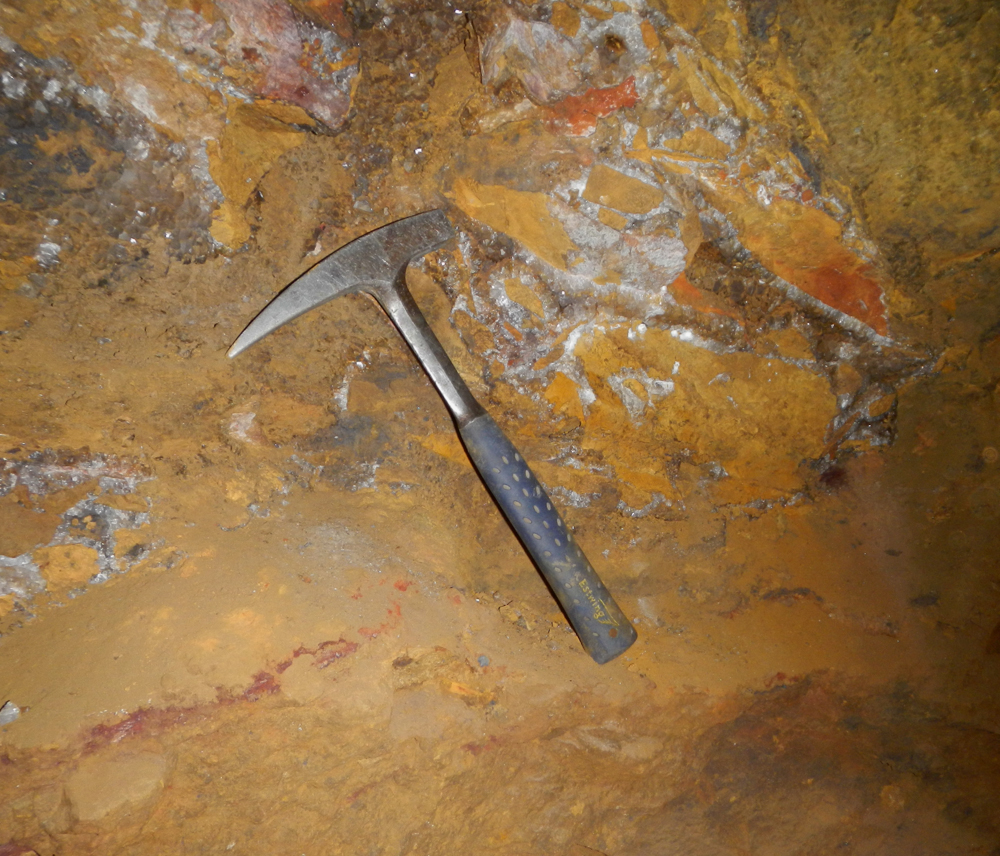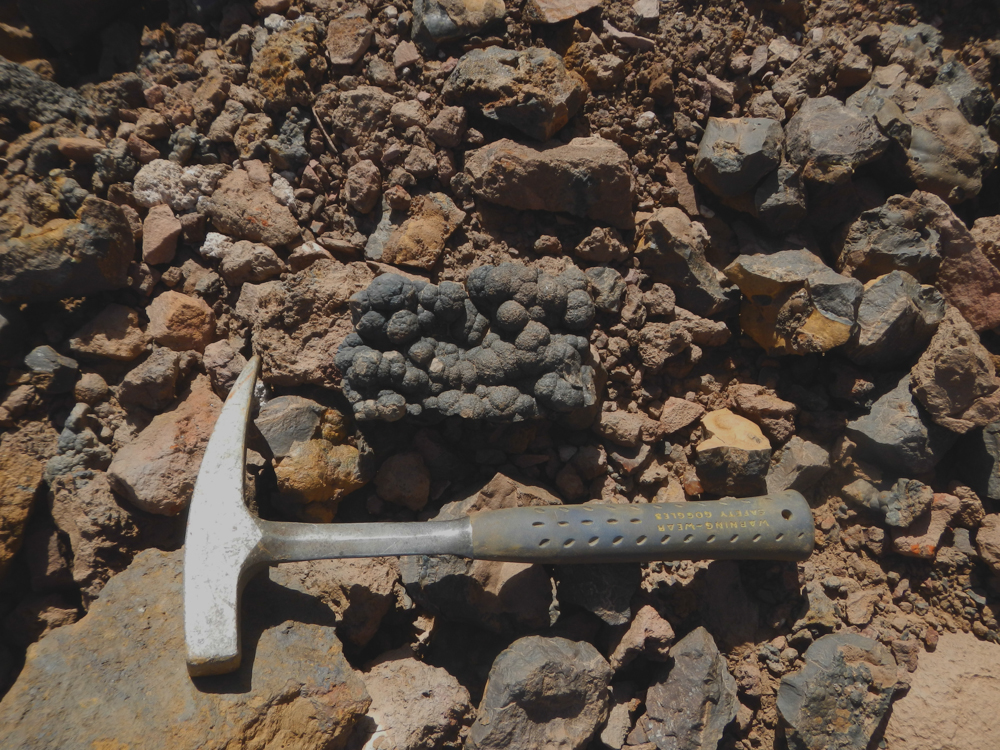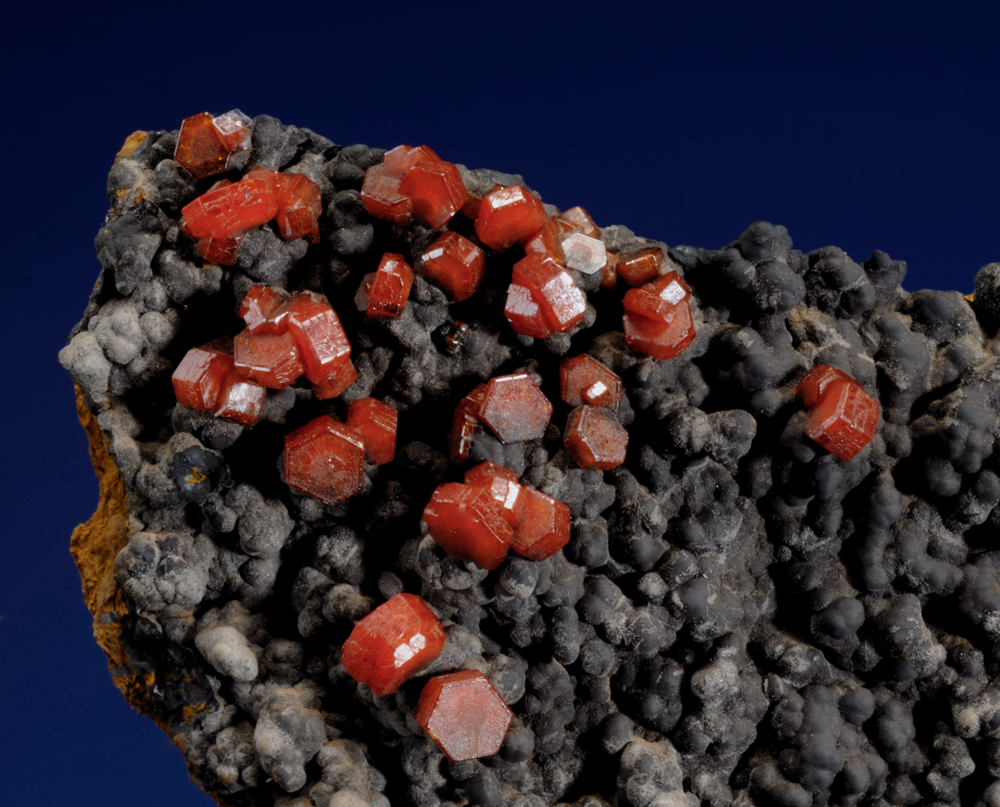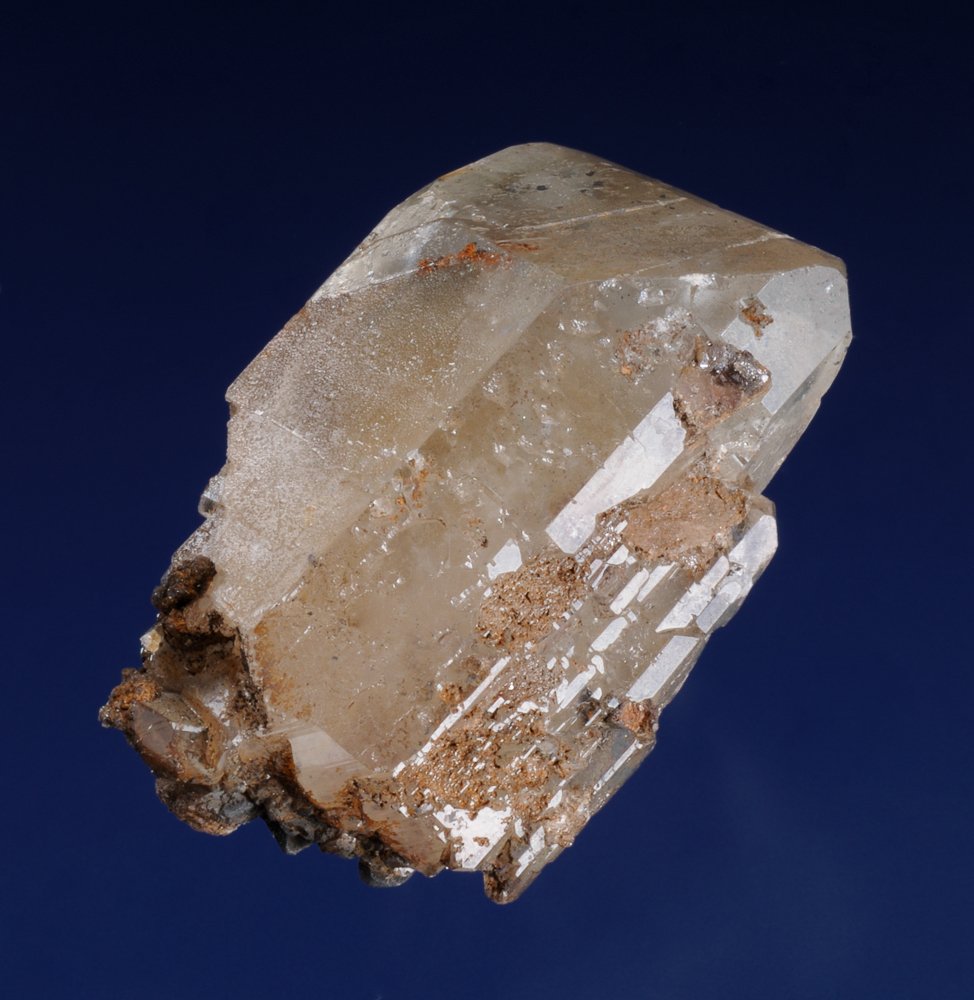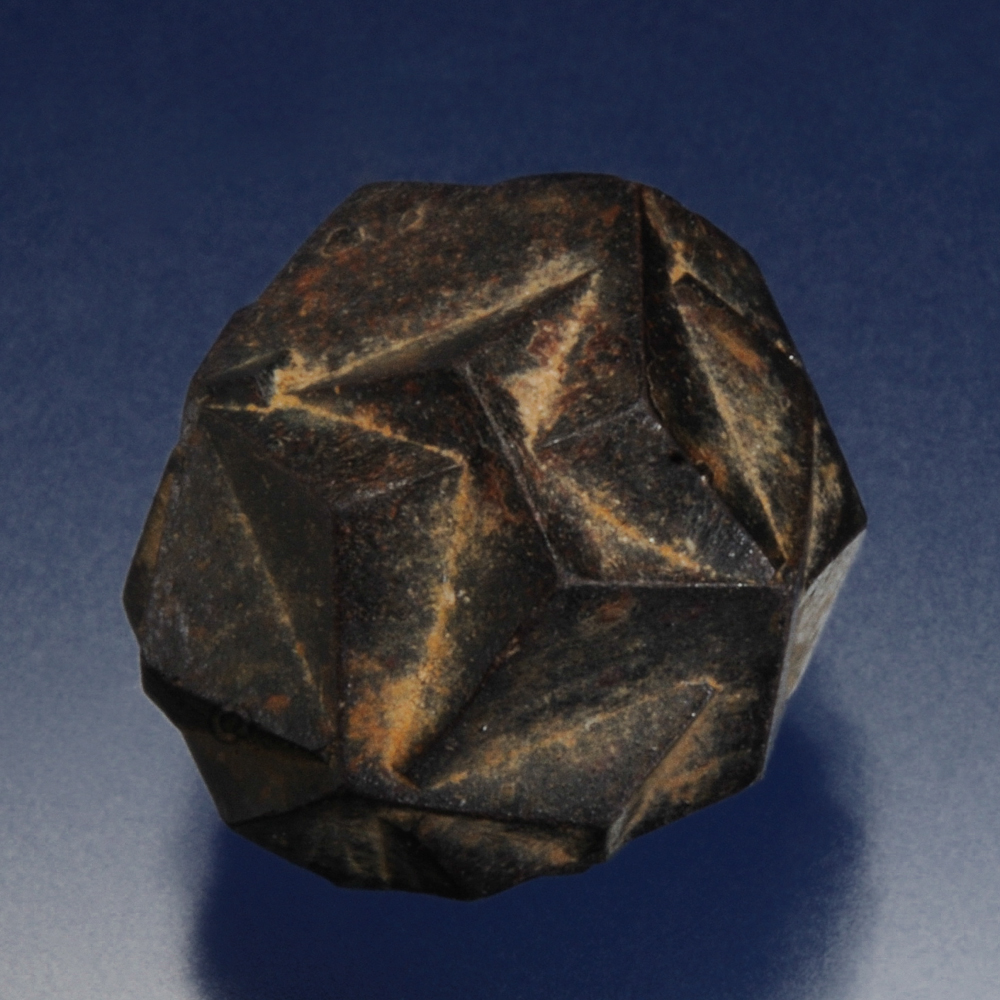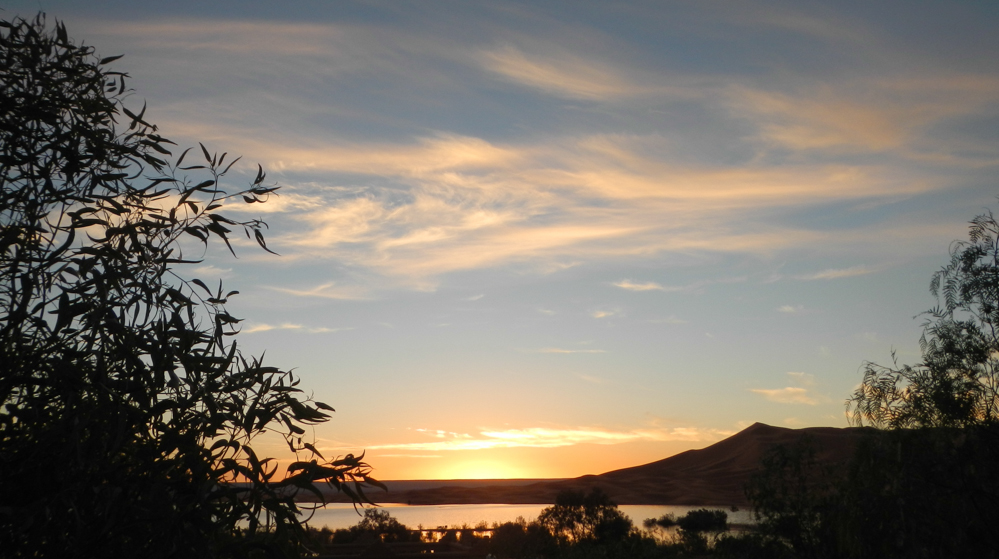Categories
Archives
Why is Morocco one of the world’s great countries for minerals? No glaciers! Many of the world’s most colourful minerals are found in deposits at the surface, formed over time by the interaction of water, air and rock. Glaciers remove all of that good stuff (as happened in Canada recently, geologically speaking) – and with no recent glaciation, Morocco hosts many fantastic occurrences of minerals unlike any in parts of the world stripped bare during the last Ice Age.
My collecting partner David Joyce and I jumped at the chance to go to Southern-Central Morocco. The trip was organized by Mindat.org and the Spirifer Geological Society, and included the Second Annual Mindat Mineral Conference in the city of Midelt.
Morocco is an amazing place. Hopefully this comes through in the photographs – it is a beautiful region with stunning landscapes, rich in history, harsh in climate. And… it hosts gorgeous minerals.
Marrakech
Founded almost a thousand years ago, Marrakech has historically been the imperial capital of Morocco – and in fact from Medieval times until the beginning of the twentieth century Morocco was known as the Kingdom of Marrakech. Today, Marrakech remains the major economic centre in this region, hosting at its centre the largest Berber market in the country. The market area is comprised of many individual markets (souks).
A merchant takes his wares to the souk, passing in front of the 12th century Minaret of the Khoutoubia Mosque
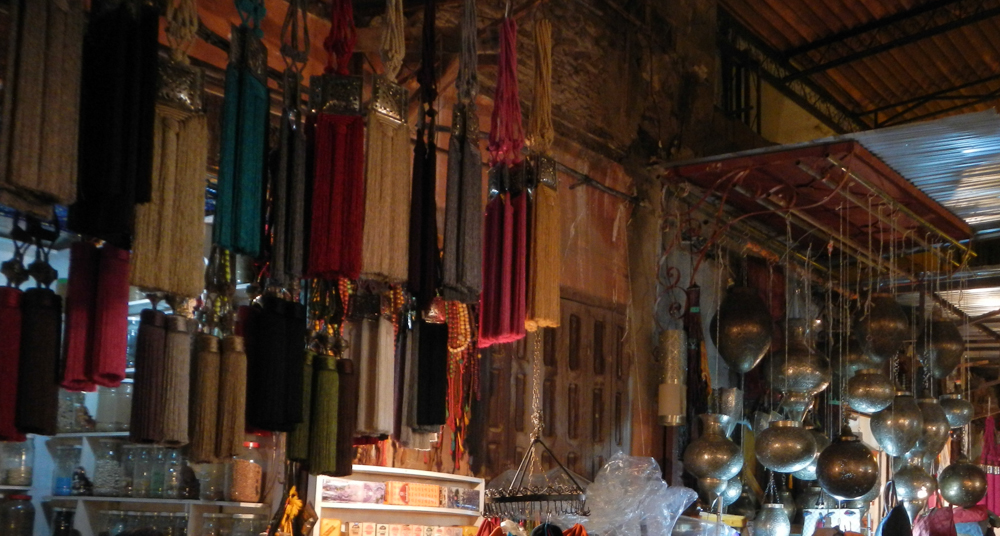 Wares in an alleyway, in one of the souks
Wares in an alleyway, in one of the souks
The market at night
Steam and smoke rise from the food stalls at the night market in Marrakech
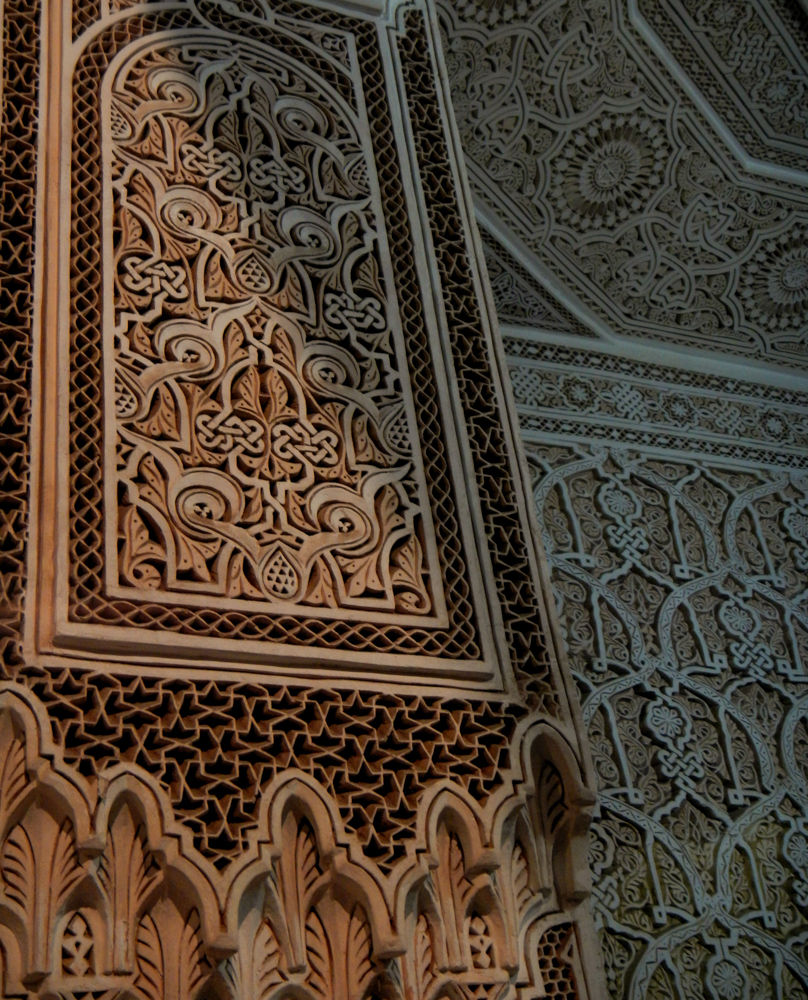 Intricate decor in historic Marrakech
Intricate decor in historic Marrakech
Sidi Rahal
Not far from Marrakech, miners work the basalt deposit at Sidi Rahal by hand to produce geodes containing agate and quartz (some of which is amethystine). The geodes from Sidi Rahal can include beautiful stalactitic growths, and rarely box epimorphs of quartz after fluorite. Groups of world-class goethite crystals have been found in geodes at Sidi Rahal – barite, calcite and aragonite have also been found.
Some of the excavations are quite deep – and fun to explore.
I clambered down into the tunnel on the left
Amethystine quartz geode in the wall underground
Climbing back out the tunnel to daylight
Small quartz/chalcedony geode (6cm) in basalt.
Many walls at Sidi Rahal are constructed of block comprised of mud and straw
Over the Atlas Mountains
To get to the great mineral localities of southern-central Morocco, the route leads over the Atlas Mountains. South of Marrakech, it is not long before the road is into the foothills.
Farms in the foothills
A small Atlas Mountain village on the road to Tizi-N-Tichka Pass – even here, there are satellite dishes…
Atlas Mountain Valley – at the bottom, green with lush vegetation
Up and over the Atlas Mountains
Ouarzazate
After crossing the mountains we arrived at the city of Ouarzazate, an important regional power for centuries. The regional governor reigned over the area from within the protected and fortified kasbah, which lies at the centre of what has now become the city.
View of part of the kasbah
Traditional Berber design on the kasbah walls
Night falls over the kasbah in Ouarzazate
Bou Azzer District
To make a pilgrimage to Bou Azzer – one of the world’s great mineral districts – there is no way around it, you are into some rather arid countryside. The trip into this region is spectacular.
The highway winds over and around rugged, parched hills…
… and clearly there is not enough vegetation to obscure the strata…
… although some hardy plants give a tinge of green to the landscape in places.
The highway eventually leads down out of the hills into an incredibly dry landscape that stretches on and on.
There are occasional signs of settlement attempts, where ultimately the climate has proved too harsh – sustenance in this land requires an oasis or valley.
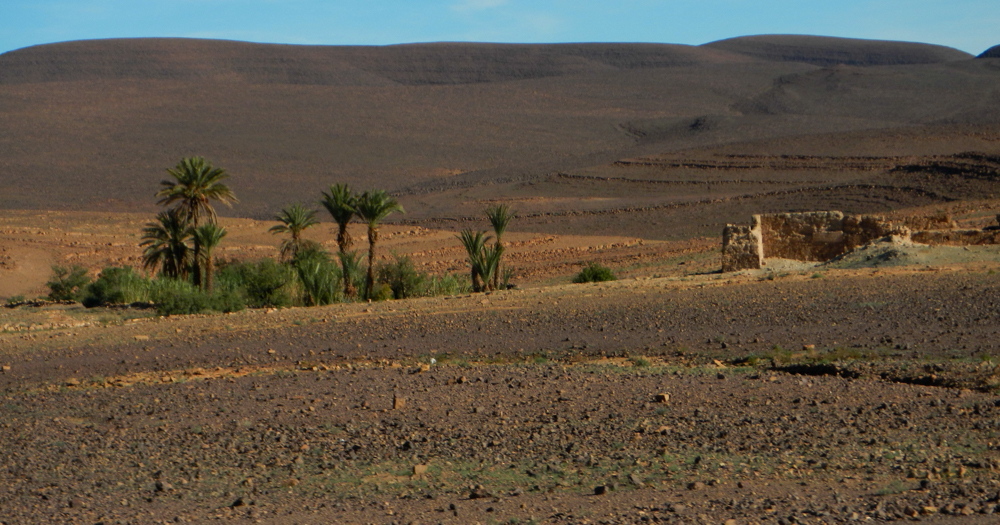 It seems that this small oasis was not enough to sustain the dwelling that was once here.
It seems that this small oasis was not enough to sustain the dwelling that was once here.
Upon arrival at Bou Azzer, we stopped at Shaft #9, where the head frame and mining works stand up over the landscape.
The Bou Azzer district has produced 215 mineral species, including the world’s finest specimens of erythrite, roselite, wendwilsonite, roselite-beta, talmessite, skutterudite and gersdorffite . It was not possible to enter the working areas of the mines, and so collecting was quite limited but certainly enjoyable and it was great to see these famous mines!
We headed out to Aït Ahmane, which is renowned as the source of the world’s best gersdorffite crystals. This was quite a trip, as the road rattled our vehicle for about an hour each way, until it seemed like it simply might fall into pieces. Out there, you’re in the middle of true nowhere, so an intact vehicle is a plus! Ultimately our driver refused to drive the last stretch of road, so we hiked for a few km in the hot desert sun to get to the mine. (Who bothers to notice such things when on the verge of seeing a famous mine…)
At the mine, the small valley gathers enough water to sustain vegetation – the rest of the landscape is quite barren.
Hiking back by a different route – along a track near the valley – we could eventually see the village of Aït Ahmane ahead.
Although we found small interesting things (including lots of tiny picropharmacolite crystals), it was only later in the trip that I managed to procure a better gersdorffite.
Gersdorffite, 3.5 cm, Aït Ahmane
While still in the Bou Azzer District, we also visited the Agoudal Mine, which has recently produced very fine cobaltoan calcites.
Cobaltoan Calcite from the Agoudal Mine – 6cm
Cobaltoan Calcite from the Agoudal Mine – field of view 4.3 cm
Cobaltoan Calcite from the Agoudal Mine – 6.1 cm
Dave found a nice vug containing sphaercobaltite crystals.
Sphaercobaltite, Agoudal Mine – Field of view 5mm. (D.K. Joyce specimen and photo)
During the course of the trip we were able to obtain other interesting minerals from this district, including excellent crystallized silver from the Bouismas Mine and beautiful roselite from the Aghbar Mine.
Silver crystals on calcite, Bouismas Mine – 5.2 cm
Roselite crystals, to 0.9 cm, Aghbar Mine
The Northern Sahara
Prior to this trip, I knew little – when I thought of the Sahara Desert, I thought mostly of the sand dunes from Lawrence of Arabia, with some hills, cliffs and valleys interspersed. (Interesting side note: much of the movie was filmed in Southern-Central Morocco.) I was really not expecting the desert to comprise of such massive open stretches of rocky terrain. There are of course sand dunes – the spectacular dune system at Erg Chebbi is one of many sand dune fields in the Sahara – but much of the landscape actually looks similar to the tumbling rocky landscapes NASA’s rovers photograph on Mars.
Rocks strewn all over the ground and stretching to the horizon
Escarpment in the distance breaks up the flat expanse of rockiness
Even signs of failed settlements are sparse
Nomadic Berber tent
The camels wander nearby the Berber camps
The Erg Chebbi dunes rise over the stony desert
Light and shadow shift subtly on the dunes
The sand flows in the wind, almost like water in slow motion
In places, the contrast between the sand dunes and the rock is striking – here, the transition zone included a few trees
This seasonal lake forms every two or three years at the base of the northern edge of the Erg Chebbi dunes – a true oasis
View out to the dunes from our lodgings at Erg Chebbi, the Yasmina Hotel
What adventure to the Sahara would be complete without camels… so Dave and I headed into the dunes…
Our guide led us on camels part way
Once we got to the base of the larger dunes, we dismounted and hiked to the top. Our guide instructed us to leave our hiking boots behind, as it would be easier in the sand – so we hiked it barefoot.
From the summit, a sea of dunes
Also from the summit – the seasonal lake beside the Yasmina Hotel
Dave and our Berber guide
Sunset in the Sahara
One of the most amazing things about the Sahara is how stark the difference can be, inside and outside of an oasis.
Inside an oasis, which is divided into plots and farmed by local families
Collecting grass (for the goats) and vegetables
Looking after camels, perhaps 50 feet outside of this same oasis (behind me it is lush vegetation (!))
Taouz
The famous mineral locality in this part of Morocco is an old mine and series of workings near the town of Taouz. Over the years, the workings of Taouz have produced beautiful specimens of several minerals. Taouz is most noted for its vanadinite crystals (usually very distinctively on a black matrix of iron/manganese oxide mineralization), and also beautiful specimens of cerussite.
Taouz is the end of the road – heading south, this is the last settlement in Morocco before one reaches the closed border with Algeria. We were advised to stay away from the border, as we were told it has been laced with land mines in places.
View from Taouz workings, Algeria in the distance
Miner looks out over a basic hoist – this shaft (covered with corrugated sheet metal anchored with rocks, when not in use) is only about 3 feet wide
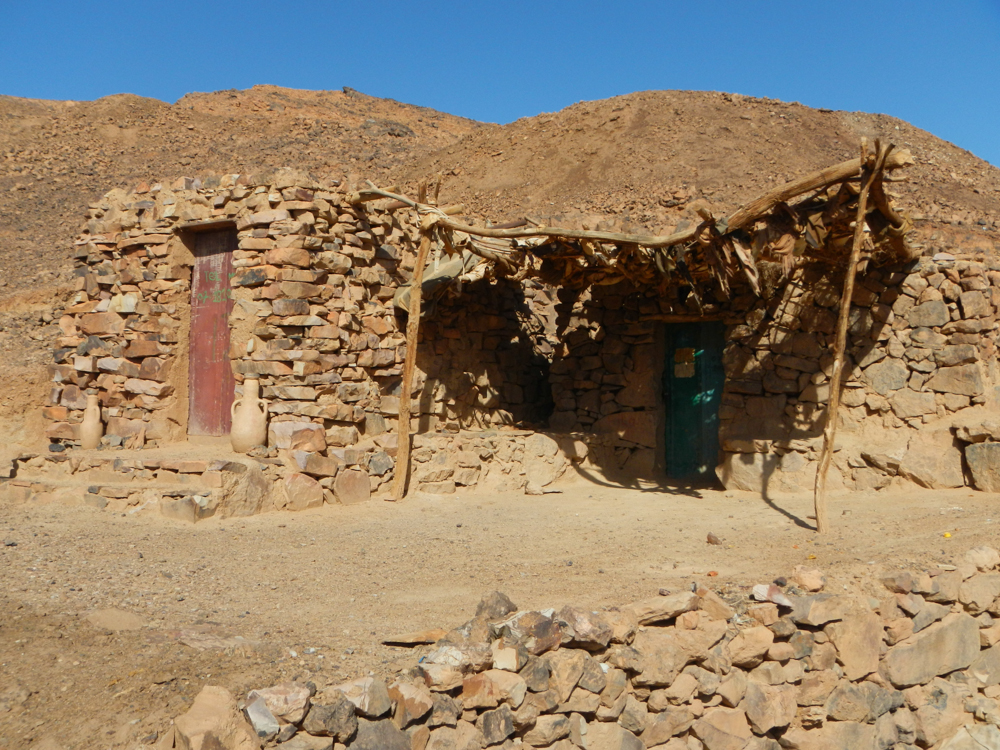 Miners’ dwelling at Taouz workings
Miners’ dwelling at Taouz workings
Collapsed tunnel underground at Taouz
Typical quartz crystal veining underground at Taouz
Typical specimen of manganese oxide mineralization at Taouz
Beautiful vanadinite crystals to 6mm on manganese oxides from Taouz
Blocky barite from Taouz – 4.5 cm
Iron-cross twin of pyrite, 1 cm, purchased from a miner at Taouz. He told me that this specimen was from an outcrop on a ridge beyond the main workings.
On to Midelt and Mibladen
On our last morning in the Sahara I was up before dawn…
Oasis sunrise in the Sahara
… and then we were on the road to Midelt and the amazing mines and minerals of Mibladen… Continued in Part 2


